|
As you may have gleaned by now, I am a fan of sparkling wine. Whether it’s toasting a special occasion or sitting home by the fire with a book, a glass of bubbly always lifts my spirits and is a welcome treat. Not long ago I visited the Piedmont region located in northwestern Italy. The focus of my trip was to re-acquaint my taste buds with the sparkling wines as well as the still wines of Asti. The Consortium of Asti and Moscato d’Asti, DOCG was our guide on this illuminating exploration. The Moscato Bianco grape (Moscato is the Italian word for Muscat) is making a big comeback in the USA and abroad and taking its rightful place once again among the many styles of sparkling wine available on the market. And I’m here to dispel the myth that it is just a sweet wine that should only be served at the dessert table. These are highly aromatic, light, refreshing, low alcohol wines that are fun to drink, but they are also very expressive, leaving one’s palate quite satisfied. Although Moscato Bianco is grown in every Italian region, it is mainly associated with Piedmont where it is believed to have its origins dating back to the 13th century as documented in the statues of the village of Canelli, a subzone in the province of Asti. Many historic wineries are located in Canelli that include Gancia, Coppo and Contratta. In fact, it was Carlo Gancia who in 1865 created Spumante Italiano, making it the birthplace of Asti Spumante. (Spumante means ‘sparkling wine’ in Italian.) Canelli and Santo Stefano Belbo were the most important production centers and from these towns, Moscato Bianco vines were shipped worldwide. The “Consorzio per la Tutela dell’ASTI’ (Consortium for the Protection of Asti wines) was formed in 1932 to protect, develop and promote Asti DOCG and Moscato d’Asti DOCG in Italy and worldwide. Asti DOCG and Moscato d’Asti DOCG are produced in 52 communes within Piedmont. Moscato Bianco vineyards span an area of about 9,800 hectares divided among 3,700 wineries and producers. Part of the focus of the Consortium is quality control and protection against counterfeit wine. They have an impressive research lab that “promotes and coordinates specific scientific studies and innovative technologies to continuously improve the production process as a whole”. As we toured the lab we were told that due to climate change and the weather getting warmer each year they are working in the lab to find ways to compensate and adapt the vines to climate change. In addition to all this, 15 samples are taken from each vineyard to determine when grapes should be harvested. Harvest time is crucial as the sugar, acidity and aromatic components must be in perfect balance and harmony before grapes are picked. Once this is established the grapes must be handpicked immediately. With the end of World War ll, Asti Spumante became very popular in the United States as soldiers returned home with these light, sweet wines. However, with its popularity came the demand for more wine. And so bulk production ensued and quality went downhill. An abundance of poorly made Asti Spumante was exported and subsequently got a bad reputation as a low-quality sweet wine. Moscato Asti received DOCG status in 1993 and the word “Spumante” was eliminated, although you might still see “Asti Spumante” on many wine labels. Today, Asti wines are refined, not cloyingly sweet and they retain the classic aromas and flavors of the Moscato Bianco grape that include floral, a profusion of fruit such as fresh grapes, mandarin orange, peach, apricot, Meyer lemon and musk. Wine producers are more careful with production and as Luigi Coppo of Coppo Winery said, “It is time to take Moscato Bianco seriously as wine. Our objective is to transfer the aromatics of the grape to the bottle. It is known as a dessert wine, but it is made as a sparkling wine.” Canelli became a UNESCO World Heritage Site in June 2014 and is noted for its surrounding historic vineyards and intricate subterranean wine cellars called “Underground Cathedrals”. These cellars weave in and out of Canelli for about 20 miles. I had the opportunity to visit the historical wine cellars at Coppo Winery, which are a UNESCO World Heritage site and part of the Underground Cathedrals. Luigi Coppo explained, “In parts of this tunnel there are over 42 meters of dirt above us. The tunnels are ideal for storing wine because it is stable in here with constant and perfect temperature and humidity. This all-natural tunnel was built in the late 18th century with an addition in 1920 that took only one week to build”! Below is a slideshow of the Underground Cathedrals. Photo credit: Penny Weiss The Moscato Bianca grapevines are planted on hills at an average of 200 to 300 meters above sea level with some elevations that are more than 500 meters. Ancient chalky soils, microclimates and sun exposure adds character to these terroir-driven wines. The three types of DOCG Moscato wines produced are Asti Dolce DOCG, Asti Secco DOCG and Moscato D’Asti DOCG. Asti Dolce DOCG received DOCG recognition in 1993. The grape variety must be 100% Moscato Bianco with a maximum yield of 100 quintals (10 tons) of grapes per hectare. The average alcohol content is usually between 7% and 9%. This sparkling wine is a harmonious balance of sweet and acidity with classic aromas and flavors of grapes, acacia blossom, orange, honey, spice and fine and persistent foam. Asti Secco DOCG received DOCG recognition in 2017. It is the “dry” version of Asti Dolce but still retains all the classic characteristics of the grape. The grape variety must be 100% Moscato Bianco with a maximum yield of 100 quintals (10 tons) of grapes per hectare. The average alcohol content is allowed up to 11%. Typical aromas and flavors are fruity with apple, pear, lavender, sage and acacia along with fine and persistent foam. Moscato d’Asti received DOCG recognition in 1993. The grape variety must be 100% Moscato Bianco with a maximum yield of 100 quintals (10 tons) of grapes per hectare. Unlike the full sparkling Asti wines, Moscato d’Asti can be made still or less effervescent with a hint of frizzante (fizz) and is therefore not considered a sparkling wine. It has lower alcohol content and can be no more than 5.5% alcohol by law. These wines are delicate, lightly sweet and have intense musky aromas with characteristic flavors of floral, peach, apricot, sage, lemon and orange blossom. Here are just a few of the memorable wines that I tasted. Matteo Soria Bric Prima Bella Asti DOCG Extra Dry 2017 has a beautiful perlage that is fine and persistent. Fragrant aromas of floral, acacia and a hint of citrus segue onto the palate with a dry and aromatic finish. This is a perfect sparkling wine to serve with appetizers and main course. Coppo Moncalvina Moscato d’Asti Canelli DOCG 2019 is a light, sweet wine with floral and stone fruit aromas. It is fresh with floral and peach on the palate. Serve with an assortment of cheese and desserts. Alcohol: 4.81% Cascina Cerutti Surì Sandrinet Moscato d’Asti DOCG Canelli This is a delightfully fragrant wine with notes of flowers, peach and citrus. The palate offers a light effervescent mouthfeel with fresh grapes, floral and a hint of sage. This is a great wine to pair with cheese, appetizers and fruit. Alcohol: 4.83% Acquesi Asti DOCG This is a good example of an Asti Dolce wine. It is very aromatic with a palate of fresh fruit, white flowers, peaches, lemon zest and a hint of honeydew melon. It offers persistent and creamy bubbles with a lively and easy finish. Use your imagination in pairing this wine with food! Alcohol: 7% I tasted a multitude of wines while in Asti and I was impressed not only by the quality and flavor, but these are also food-friendly wines that will pair beautifully with a variety of appetizers, main courses, and desserts as well as enjoying as an aperitif. Don’t let the sweetness scare you! Be adventurous! Also, these sparkling wines are great to make cocktails with. While visiting Martini and Rossi Winery, I was served a refreshing cocktail made with Martini & Rossi Riserva Speciale Bitter Liqueur topped off with their Asti sparkling wine. Perfection! Still to come are the Brachetto D’Acqui DOCG wines, Franciacorta DOCG wines and Custoza DOCG wines. I will also be focusing on a few of the winemakers Stay tuned!
Until next time… Cheers! Penina To leave a comment or if you have an inquiry, please contact me at [email protected] The holiday festivities have begun and I’ve heard a lot of corks popping lately, which is always music to my ears! Champagne and sparkling wines have always been considered the “go-to” drink for celebrations. But they have evolved into wines that are now enjoyed all year long and not just for special occasions. There are numerous styles to choose from that are produced in wine regions all around the world such as the popular Italian Prosecco, Spanish Cava and Sekt from Germany. To kick off the holiday season, I received a variety of six sparkling wines for review. I’m all about the bubbly, so I was happy to oblige! Charles Heidsieck founded his own Maison in 1851 in Reims, France and he is credited for introducing and popularizing Champagne in the United States. After visiting New York and New England in 1852, he realized the great potential for selling his Champagne in America. A massive import of his wine was met with great success and he achieved record sales. Charles Heidsieck Brut Réserve NV This champagne is summarized as an equation: 60/40/10 and expresses the quintessence of its style. 60: the number of crus in the blend (1/3 Chardonnay, 1/3 Pinot Noir, 1/3 Meunier) vinified cru-by-cru, varietal-by-varietal in stainless steel vats. 40: a high proportion of 40% reserve wines equally divided between Chardonnay and Pinot Noir. 10: average age of 10 years for the reserve wines. Aging takes place in chalk cellars. A golden color and fine bubbles lead to a complex and elegant nose of brioche, pear, white flowers and a hint of apricot and citrus. The palate is rich with white fruit, toast and tart baked apples, with hints of cherry, citrus, toasted nuts and vanilla. It has good acidity and a creamy texture with a long, lush finish. Alcohol: 12% SRP: $69 Piper Sonoma is located in Sonoma, CA in the Russian River Valley region. It was founded in 1980 by Marquis d’Aulan. They have been producing sparkling wines for almost 40 years using the classic Méthode Traditionnelle technique to make the wines. Each vineyard lot is hand-harvested, fermented and aged separately. The wines are produced in Healdsburg under the guidance and expertise of winemaker, Keith Hock. Piper Sonoma Brut NV This sparkling wine is a blend of 70% Chardonnay, 20% Pinot Noir, 3% Pinot Blanc and 7% aged Reserve Blend. This wine is pale lemon with fine and persistent bubbles. Aromas of brioche, orchard fruit, pear and citrus segue onto the palate with notes of berries and clementine. It has a fresh and smooth mouthfeel with a long and delightful finish. Alcohol: 13.5% SRP: $22 Piper Sonoma Blanc de Blancs NV This is a new blend for this wine made of 75% Chardonnay and 25% Pinot Blanc. This wine is a soft straw color with fine bubbles and a lovely combination of aromas that include citrus notes, floral and tart apples. This dry and lively wine is creamy in texture with great acidity and notes of brioche, apples, citrus and a touch of vanilla. Alcohol: 12.9% SRP: $22 Piper Sonoma Brut Rosé NV This rosé is a blend of 53% Chardonnay, 39% Pinot Noir, 6% Pinot Blanc and 2% aged Reserve Blend. This is a fresh and aromatic dry sparkling wine that has inviting aromas of berries, floral and citrus. Fine bubbles give way to flavors of strawberry, cherry, citrus and a hint of toast. It is nicely balanced with crisp acidity and a creamy mouthfeel. Alcohol: 12.6% SRP: $22 Known in the wine industry as the Tuscan renegade, Bibi Graetz has managed to become one of Italy's most ingenious winemakers adding "cult winemaker" in addition to "talented abstract artist" to his dossier. His first wines were released in 2000 and his bio reads like a movie script. (More to follow in another post) Bibi Graetz Bollamatta Spumante IGT NV Bollamatta is a sparkling wine made with 100% Sangiovese grapes sourced from Bibi’s 50 to 80-year-old vineyards spread across Tuscany. Bollamatta means “crazy bubbles” in Italian. The wine is produced using the Charmat method with five months on the yeasts. It is aged on the lees in stainless steel. The wine is soft pink in color with an abundance of fruit and floral on the nose. The palate offers strawberry, cherry, stone fruit, bread and citrus. Fine bubbles and crisp acidity make this a “crazily” refreshing wine! Alcohol: 12.5% SRP: $26 Villa Sandi dates back to 1622 and is located in Northeastern Italy in the heart of the Prosecco area at the foot of Valdobbiadene Prosecco DOCG hills. The estate is owned by the Moretti Polegato family and has been in the family for many generations. Villa Sandi Il Fresco Brut Prosecco DOC NV The grapes for this wine come from Treviso, the heart of Prosecco. It is a blend of Glera, Chardonnay and Pinot Blanc. After fermentation, the sparkling wine spends two months on lees before bottling. This is a light and fun sparkling wine with vibrant aromas of honeysuckle, stone fruit and apples. The palate offers citrus, apple, honeydew melon and a touch of minerality. This wine is well balanced with just the right amount of acidity.
Alcohol: 11% SRP: $16 All of the above sparkling wines will drink beautifully as an aperitif and are easy to pair with a wide variety of cuisine. These are perfect wines to serve over the holidays, but they are great to drink all year long! Until next time… Cheers! Penina To leave a comment or if you have an inquiry, please contact me at [email protected] With my family coming for Thanksgiving dinner, I made sure to have an assortment of wine and spirits on hand to please every palate. My menu this year strayed from tradition as I felt it was necessary to forge a new path with healthier cuisine. Granted, not everything I prepared was free of calories and carbs, but at least I was able to control the ingredients. We enjoyed fresh spinach lasagna, roasted brussel sprouts with cranberries, homemade peasant bread, tossed salad and corn salad in lime juice. The grand finale was key lime pie and fresh fruit. I started off the festivities by pouring a glass of Prosecco for everyone, never anticipating that my guests would choose to continue drinking it throughout the meal! These bottles of sparkling wine almost upstaged my meal as they were met with much enthusiasm and enjoyment. Every palate was sated and we never opened any still wine. Some of the best Prosecco comes from Glera grapes grown in the small towns of Conegliano and Valdobbiadene, the home of Prosecco Conegliano Valdobbiadene DOCG. Because Conegliano Valdobbiadene is situated between the sea and Pre-alps, the area experiences a mild climate with constant breezes. Vineyards have great sun exposure and benefit from the altitude and broad differences between day and night temperatures. The slopes, micro-climate, sun exposure and various soils make this an ideal setting for growing Glera grapes for the production of Prosecco. PassioneSentimento Prosecco Treviso Spumante Brut, DOC is produced by Pasqua Vigneti é Cantine located in Verona, Italy. This Prosecco is made with 100% Glera grapes grown in vineyards in the premium Conegliano subzone in Treviso. It is made using the Charmat method where the second fermentation takes place in large stainless steel tanks to trap carbonation in wine. Whereas, in the méthode Champenoise, the second fermentation happens inside the individual bottles in which the wines are sold. This wine is quite aromatic with fresh fruit, pear and brioche. The palate offers pear, apple, a hint of slate and lemon zest on the finish. This is a fresh and balanced wine with tiny bubbles and lovely perlage. Serve as an aperitif or pair with fish, pasta and white meats. Alcohol: 11% SRP: $16 To learn more about Pasqua Vigneti é Cantine please read my story at: https://www.thewineknitter.com/the-journal/category/pasqua-vigneti-e-cantine Nino Franco Prosecco Rustico Valdobbiadene Superiore DOCG Nino Franco Winery is family owned and now in its fourth generation of producers. The winery is located in Valdobbiadene at the foot of the Prealps and was founded in 1919 by Antonio Franco. They are one of the oldest wineries in Valdobbiadene and they are celebrating their 100th year! This wine is 100% Glera grapes harvested from vineyards in Valdobbiadene DOCG. The second fermentation takes place in “cuve close”. (Tank method). Intoxicating aromas of floral, pear, white stone fruit and a hint of citrus segue onto the palate with hints of tart apple and white peach. Lively fruit, fine and persistent bubbles along with a creamy mouthfeel and vibrant acidity, make this sparkling wine irresistible. Serve as an aperitif or pair with appetizers, fish, roasted veggies and pasta. Alcohol: 11% SRP: $19 So, the next time you’re perusing the sparkling wine section, pick up a bottle or two of Prosecco from the “home of Prosecco in Conegliano and Valdobbiadene. I am taking a short break and will return the week of December 8th. If an impending snowstorm doesn’t thwart my travel plans, then I am off to Italy in two days. I will be exploring the sparkling wines of Asti D.O.C.G, BRACHETTO D’ACQUI d.o.c.g., FRANCIACORTA d.o.c.g. and Custoza D.O.C. I will have lots to share with you upon my return. In the meantime, watch for my posts on social media! Until next time…
Cheers! Penina To leave a comment or if you have an inquiry, please contact me at [email protected] If you haven’t read Part One of this story, then it’s time to catch up to everyone before we continue our journey heading west in Franken. http://thewineknitter.com/1/post/2019/10/day-755-exploring-the-franken-wine-region-part-one.html Winzer Sommerach There are five wine cooperatives in the Franken wine region. And our first stop of the day was to the oldest cooperative, Winzer Sommerach, founded in 1901. Located in the small community of Sommerach, (literal German translation is “The place on the sunny side of the river.”), the co-op was formed with only 36 members. Today there are 220 members (90 families) and 196 hectares of vineyards. Thomas Baumann, a winemaker and member of the co-op who is quite jovial and informative, led us on a spirited tour and wine tasting. As Thomas explained, “We have had one credo since the co-op’s inception and that is ‘Unity Is Strength’”. The vines are planted throughout ten vineyards with a variety of grapes such as Silvaner, Müller-Thurgau, Riesling, Bacchus, Kerner, Spätburgunder and Domina. All the families tend the vineyards with passion and dedication that transcends to the wines they make. Eighty different types of wine are produced every year with well over 1.3 million liters of wine sold per year. Here is a review of the two wines we tasted. Frizzante Valentin Cuvee is a sparkling wine with a blend of three grapes, including Traminer. It is light and refreshing with soft fruit aromas and flavor. This is a nicely balanced wine with crisp acidity, minerality and fine bubbles. Silvaner Kabinett Trocken 2018 is 100% Silvaner with fresh aromas of citrus, grapefruit and minerality. The palate is layered with citrus, pear, melon, minerality and a touch of lemon zest on the finish. It is well balanced with lively acidity. Alcohol: 13% The tour of the ancient wine cellar was amazing and is depicted in the slide show below. The statue is of St. Urban of Langres, the patron saint of all who work in the wine industry. Photo credits: Penny Weiss Weingut Rainer Sauer Rainer Sauer winery is located in the charming town of Volkach, a town rich with history that dates back over 1000 years. The original building where Rainer Sauer winery resides was erected in 1880 and the old wine cellar was built in 1890. For at least four generations, the Rainer family has been involved in the wine industry. In 1979, Helga and Rainer Sauer took over the estate and began selling wines under the Rainer Sauer label. Their son Daniel joined the team in 2007 and was involved in taking steps to direct the estate towards biodynamic farming and organic production. Daniel said, ”We are totally organic and our goal now is certification”. The winery was renovated starting in 2013 and was completed in 2015. It is an architectural masterpiece and worth stopping at for a tour and a glass of wine. And speaking of wine, Daniel met us outside when we arrived at Rainer Sauer with a glass of sparkling wine for each of us. As Daniel led us on the tour he explained the hopes of eventually becoming “a complete white wine winery.” The vineyards are planted with 2% red grapes and 98% white grapes of which 61% is Silvaner. His father Rainer is considered the “Pope of Silvaner”. Daniel said, “It is important to integrate tradition and modern with the least possible intervention and let the grapes speak.” The winery is the first in Franken to make use of egg-shaped concrete tanks for white wine fermentation. Daniel said, “The egg creates a completely different style of Silvaner wine with more layers and more complexity.” Here is a review of both wines we tasted. Blanc De Noir Extra Brut Sekt is a lovely sparkling wine made in the traditional Champagne method. This wine is dry and very aromatic with fine and delicate bubbles. The palate offers citrus, stone fruit, minerality, bread and a hint of floral. Alcohol: 13.5% Silvaner AB OVO 2017 is 100% Silvaner and was fermented in egg-shaped concrete tanks. OVO means ‘from the egg’. This is a rich and complex wine with aromas of citrus, grapefruit and minerality that spill onto the palate with fresh tangerine, pear and herbal notes. Lively acidity brings it all together for a unique Silvaner experience. Alcohol: 13% In the Rainer Sauer upstairs tasting room, a mural of photographs and words tell the story of the winery and one phrase that spoke to me so deeply was this. The German translation to English is: “The center of the world is always where you are right now.” For more information about this winery, please visit https://www.weingut-rainer-sauer.de It was time for lunch and another wine cellar tour, so we made our way to Restaurant Zur Schwane in Volkach. Not only is Zur Schwane a restaurant, but they also have a hotel and winery with a very old wine cellar. In 1996, Ralph Düker and Eva Pfaff-Düker became owners of this historic building that dates back over 600 years. Here are a few photos from our brief time spent here. Photo credits: Penny Weiss Our next stop on this whirlwind tour was the town of Iphofen, nestled in the heartland of Franken where time has stood still for over 800 years. This medieval town is complete with stone walls and gates and a population of fewer than 5000 people. Crooked timber-framed houses sit in defiance on quiet roads. In fact, the most noise one hears are the beautiful church bells that seem to chime at any given moment. We asked the guide how the town survived so many wars without one scar. He told us that Iphofen became a hospital during the last war. A large red cross was painted in the town square warning planes not to drop bombs! In addition to its history, Iphofen is central to many vineyards. Vinothek Iphofen is a local place to taste and enjoy wine from the region. Here is a short slide show of Iphofen. BTW, Vinothek translated is ‘wine store’. Photo credits: Penny Weiss The day ended with wine and “Franconian Tapas” at Vinotheque Fahr Away in Volkach, a wine bar owned by Heike and Thomas Braun. They also own a hotel and make delicious wine. We tasted a variety of wines from Familienweingut Braun with their cellarmaster Kristin Zwiener who guided us through the wines as we enjoyed eight tapas paired nicely with the wine. It was a feast for the palate! Photo credits: Penny Weiss https://weinbar-fahraway.de The next day we drove to the Haßberge district where the low mountains and rolling hills of the Hassberge Mountains are located. Our destination was Zeil am Main, a town on the right side of the Main River. Views of castle ruins, medieval walls and endless vineyards are breathtaking here. We met up with Max Martin of Weingut Martin who was our guide on a vigorous hike up the Abt-Degan-Steig, a trail on the southern slope of the Haßberge Mountains. We hiked through medieval vineyards, small vineyard terrace, stone staircases and the vineyards of Weingut Martin. The photo of the “happy face” house is actually a former wine shelter. Photo credits: Penny Weiss Weingut Martin is a family-run fourth-generation winery that has passed down knowledge and secrets of winemaking from generation to generation. Max Martin is the fourth generation and has taken all the past knowledge learned to further develop and integrate traditional and modern methods of winemaking. Weingut Martin has about 5.5 hectares of vines that grow in a macroclimate with the rich soils of Keuper that help to give the wine its unique character. After our hike, we were treated to a lovely lunch and wine tasting at Weingut Martin. Barbarossa Dornfelder QbA Trocken 2016 is 100% Dornfelder with concentrated aromas of dark berries and a hint of floral. The palate offers blackberry, dark plum, herbs, a hint of spice and smooth tannins. This is a juicy, but dry wine. It is easy to drink and food-friendly. Alcohol: 12% Olschnabel Silvaner 2018 is 100% Silvaner with enticing aromas of stone fruit and minerality. This is well rounded with crisp acidity and minerality with subtle flavors of citrus, peach and herbs. Alcohol: 12.5% For further information, please visit www.weingut-max-martin.de And what would a visit to Germany be if we didn’t stop for Kaffee und Kuchen (cake and coffee). This is an afternoon tradition that has been part of German life for hundreds of years. We were invited to partake of this ritual at Brauhaus 3 in Konigsberg in Bayern. Brauhaus 3 is a tiny village with 90 residents. Silvia and Thomas Schuhmann own three luxury ecological wellness holiday apartments that are sustainable and ecological. There is a large garden area with a natural pond biosphere. Everything is made in Germany and built by the very creative and talented Thomas. We were given a sneak peek of his new construction that is energy self-sufficient and quite unique! Photo credits: Penny Weiss After filling up on lots of Kuchen, we headed to the quaint and historic town of Königsberg for a stroll. As my photos will show, I was drawn to the architecture and a few eye-catching doors. The Franken wine region has stolen my heart and I can’t wait to return. There is much to explore and the wines truly define the terroir and the creativity of the winemakers. All the winemakers that I met stressed the importance of letting the grapes and terroir speak with as little intervention as possible. It was a great introduction for me to taste the many styles of Silvaner. I hope that I have aroused your interest in exploring the wines of this region.
No doubt, I’ve omitted a few restaurants and hotels from this story. However, some have already been mentioned on social media and there is more to come. Until next time… Auf Wiedersehen und Prost! Penina To leave a comment or if you have an inquiry, please contact me at [email protected] With the onset of summer, spending time outdoors is a must for me. In addition to swimming and hiking, I like to make the most of the warm weather preferring to dine outside when possible. The sunsets and cool evenings with wine or cocktail in hand are blissful. Having lived in Miami Beach for many years I literally sweated out the summer months. Being young and unsophisticated when it came to drinking wine and spirits, we would get quite creative with hot weather alcoholic drinks. One of my favorite concoctions back then was making homemade chocolate chip ice cream and then putting it in a blender with vodka, and pouring it into a well-chilled glass. Had I been more cognizant of sparkling wines and their versatility as an ingredient in cocktails, my drinks would have undoubtedly been much lighter, less fattening and lower in alcohol. I was young though and hadn’t begun to really explore the world of wine and spirits. Fortunately, since my Miami Beach days, I’ve moved on from ice cream and vodka to more interesting and tastier options to quench my summer thirst. A very popular and light alcoholic beverage is the Spritz, traditionally made with sparkling wine, an aperitif such as Aperol or Campari and a splash of soda water. The Spritz is refreshing and a great “warm weather” drink. Another creative and delicious Spritz is one made with TrentoDOC and Disaronno. I received these bottles as samples, along with a cocktail recipe. It was easy to make and quite delicious, proving that one doesn’t have to stick to tradition. Think outside the box and have some fun! The Really Italian Spritz 2 oz Disaronno 1 oz Fresh Lemon Juice Top with TrentoDOC Pour ingredients in a chilled flute and gently stir Cantina d’Isera 1907 Brut Trentodoc is 100% Chardonnay with delicate aromas of soft stone fruit and bread dough. Fine bubbles, bright acidity and stone fruit continue onto the palate. Serve as an aperitif or make your favorite spritz with it. Disaronno is a liqueur made in Italy with a very distinct aroma and taste of almonds called Armelline (the seeds of apricot stone), sweet fruit, Madagascar vanilla and pure caramelized sugar. Disaronno takes the lead in any mixed drink. It is refreshing to serve over ice as well. In stories past, I’ve shared unusual and very tasty cocktail recipes that are great to serve year round but are especially nice in warm weather. Just in case you missed the stories, here are a few fun cocktail recipes to make. Dirty French Cognac cocktail (Courtesy of Camus Cognac) Alambre Burbalas (Courtesy of Aldea Restaurant and José Maria da Fonseca) 1.5oz Alambre Moscatel 1 round of orange 2 dashes Angostura bitters .5 bar spoon honey 2oz dry sparkling wine Combine Alambre, honey, orange and bitters in mixing vessel, muddle lightly to express the orange into the combination Add ice and stir to chill and combine flavors Strain into wine glass Add dry sparkling wine Garnish with Orange rind Tequila Sunrise Supposedly, this cocktail was created by Gene Sulit in the 1930s or 1940s and was first served at the Arizona Biltmore Hotel. The original recipe contained tequila, crème de cassis, lime juice and soda water. In the 1970s Bobby Lazoff and Billy Rice of Sausalito, CA created a more modern version with tequila, orange juice and grenadine. It seems that Mick Jagger tried a Tequila Sunrise in 1972 during his American tour and liked it so much that he started ordering them all over America. Here is the recipe: 2.5 oz tequila 5 oz orange juice 1 tsp of grenadine Ice cubes Vodka Sunset This is my version of Tequila Sunrise because I enjoy drinking cocktails at sunset! The recipe is simple; mix vodka with fresh orange juice and pure pomegranate juice.
Serve over ice. The next time you’re craving a refreshing, and light cocktail, grab a bottle of sparkling wine and add a liqueur to it. Be adventurous, creative and enjoy! Until next time… Cheers! Penina To leave a comment or if you have an inquiry, please contact me at [email protected] Last year my palate fell in love with sparkling wines from Tasmania. I was so impressed with these wines that I immediately sat down and wrote a story about House of Arras and Stefano Lubiana Wines, two well-known estates in Tasmania. You can read my story at http://thewineknitter.com/1/post/2017/12/day-618-tasmanias-sparkling-wines.html As I began writing this story, I was informed that Ed Carr, winemaker for House of Arras was just awarded a Lifetime Achievement Award at the Champagne & Sparkling Wine World Championships of 2018! Carr was the only non-champenois to receive this acknowledgment! In addition to Carr, there were eight other recipients, including such legends as Thierry Gasco of Champagne Pommery, Jean-Paul Gandon of Champagne Lanson, Hervé Deschamps of Maison Perrier-Jouet, Richard Geoffroy of Champagne Dom Perignon, Loïc Dupont of Champagne Taittinger, and François Domi of Champagne Billecart-Salmon. It was a very proud moment for Tasmania to be in such esteemed company on a global stage and it is quite a testament to Tasmanian sparkling wine! Champagne has been a special focus of Tyson Stelzer for the past eight years. In addition to organizing events and tours, Tyson is writing his sixth edition of The Champagne Guide. He is also author and publisher of numerous wine books and a contributor to many wine magazines. So, when I received an invitation from Tyson to attend the Tasmanian Pinot Noir, Chardonnay & Sparkling Showcase in New York this past month, I was very excited. Available to taste were wines ranging from famous estates to the smallest boutiques including wines that are available in the U.S. and those seeking an importer. Although I sampled many interesting and expressive Pinot Noirs and Chardonnays at the showcase, my focus today is on the sparkling wines. To gain a better understanding of these sparkling wines, let’s do a quick review taken from my previous story on Tasmania. Tasmania is an island located 150 miles to the south of Australia’s mainland. Although it is separated by the Bass Strait, Tasmania is a part of Australia. There are seven wine regions throughout Tasmania with Tamar Valley being the oldest and largest wine district here. These wine regions enjoy a maritime climate and are sheltered from rainfall and high winds by dolerite-capped mountains that dominate the Tasmanian landscape. With the absence of extreme temperatures, grapes are allowed to ripen slowly on the vine while maintaining natural acidity which in turn helps to give the wine freshness and balance. The soil on the lower slopes of the vineyards is a combination of ancient sandstone, mudstone, river sediment and igneous rocks of volcanic origin that contributes to very aromatic and heightened flavors in the wines. The most common grapes grown in Tasmania are Pinot Noir, Chardonnay, Sauvignon Blanc, Pinot Gris and Riesling. Pinot Noir and Chardonnay are Tasmania’s lead varieties making up more than two-thirds of the state’s wine crop. There are 1800 hectares under vine, 160 licensed wine producers and 230 individual vineyards. I tasted eight sparkling whites and four sparkling rosés at the event and they were all good. I’ve randomly selected only six wines to share for this story due to space and time. Clover Hill Tasmanian Cuvée NV Clover Hill is located in northeast Tasmania in the Pipers Brook region. The cuvée is an assemblage of three vintages and produced according to traditional methods. The wine is aged for at least two years on lees. This is a delicate wine with fine and persistent bubbles and a creamy texture. The palate offers notes of citrus, stone fruit and toast. Alcohol: 12.5% SRP: $29.99 Nocton Estate Sparkling NV Nocton Vineyard is located in the Coal River Valley region of southern Tasmania. The vines are planted in 200 million-year-old layered soils of Jurassic black crackling clays over limestone. The wine is made according to traditional methods and aged more than 2 years on lees. Fine bubbles, bright acidity and a lovely palate of mandarin, brioche and hints of red fruit ends in a long finish. Alcohol: 12.5% SRP: $40 Delamere Blanc De Blanc 2012 Delamere Vineyards is located in the region of Pipers River in northeast Tasmania. Vines are planted on rich ironstone soils. The wine is made according to traditional methods and aged 5 years on lees. This is a lovely wine with a creamy mousse, balanced acidity and flavors of citrus, floral, red fruit and hints of baked bread adding to its complexity. They are looking for importers & distributors. Alcohol: 12% SRP: $65 (in Australia) Jansz Tasmania Vintage Cuvée 2013 Jansz is located in the region of Pipers River in northeast Tasmania. Hand-harvested from a single vineyard. The wine is made according to traditional methods and aged close to 4 years on lees. The wine presented with fine bubbles and a creamy texture. The palate is layered with lemon zest, white flowers, strawberries and hints of minerality and hazelnuts. Alcohol: 12.5% SRP: $49.99 Clover Hill Tasmanian Cuvée Rosé NV is made according to traditional methods. It is a blend of 53% Chardonnay, 42% Pinot Noir and 5% Meunier. The wine is aged for at least two years on lees. Soft aromas of strawberries and light fruit segue onto the palate with a fine mousse and hints of sweet spice and brioche. Alcohol: 12.5% SRP: 29.99 Apogee Vintage Deluxe Rosé Sparkling 2014 Apogee is located in northern Tasmania in the Pipers River region. They produce only single vineyard wines. This rosé is a blend of 88% Pinot Noir and 12% Chardonnay. The wine spent, on average, 30 months on lees. This was the sweetest of the rosés that I tasted, but it was still dry. In addition to a fine mousse, the palate was rich with floral, strawberry, cherry, hints of salinity and spice. It was fresh and balanced with lively acidity and expressive of the terroir. Alcohol: 12.5% SRP: $98 All the sparkling wines that I tasted at this event were elegant and expressive of the terroir. The quality of these sparkling wines and reasonable price point has the wine world paying attention to Tasmania and Champagne is sitting up and listening. To quote Tyson, “Australia’s isolated, cool, southerly island state of Tasmania is privileged to a marginal and challenging climate well suited to premium wine growing. Across my tastings this year, Tasmania has again confidently reaffirmed its place as Australia’s sparkling capital and a leader in cool climate still wines.” He further said, “The wines of Tasmania have come of age in their recognition and success domestically in recent years, and it’s time for Tasmania to unveil its benchmarks on the world stage.” The next time you’re perusing the bubbly aisle of a wine store, I encourage you to pick up a bottle of Tasmanian sparkling wine. You will be more than pleasantly surprised! Until next time…
Cheers! Penina To leave a comment or if you have an inquiry, please contact me at [email protected] Veneto is a beautiful region in the northeastern part of Italy. With the eastern Dolomite Mountains, Carnic Alps, Venetian Pre-alps and the Adriatic Sea as its backdrop, the landscape just doesn’t get any better or more dramatic. It is simply breathtaking at every turn. The Veneto region is filled with small historic towns, hamlets, ancient castles and is home to the famous cities of Venice, Verona, Padua and Treviso. With a population of just under five million, Veneto is the 5th largest region in Italy. About 26 miles north of the Treviso airport are the small towns of Conegliano and Valdobbiadene, the home of Prosecco Conegliano Valdobbiadene DOCG, where some of the finest Prosecco is made. The area is also called Prosecco Superiore DOCG. Conegliano Valdobbiadene has ancient origins of vine growing dating back to the Roman Empire, but the first written documentation of connecting Prosecco to this area is 1772. With the D.O.C. being established here in 1969, historic production of Prosecco has been limited to 15 communes. In 2009, Conegliano Valdobbiadene Prosecco Superiore DOCG certification was issued. It is a countryside filled with hills and rolling slopes rising up from the Piave River. From early origins, a glacier slid down from the Dolomites and came to rest in a valley that eventually became the riverbed of the Piave. The river begins in the Alps and flows into the Adriatic Sea. The local soil is attributed to this glacier and can vary depending upon the slope of the hill. Some areas contain rock, sand, clay and iron oxides. In areas unaffected by the glacier, the soils contain marls and sandstone and are less deep and more porous. Because Conegliano Valdobbiadene is situated between the sea and Pre-alps, the area experiences a mild climate with constant breezes. Vineyards have great sun exposure and benefit from the altitude and broad differences between day and night temperatures. The slopes, micro-climate, sun exposure and various soils make this an ideal setting for growing Glera grapes for the production of Prosecco Superiore. In 1946, Epifanio Dal Bianco founded Masottina Winery located in Conegliano. Realizing the potential of the land, he expanded the family’s vineyards year by year. His eldest son Adriano and wife Franca and two brothers, Valerio and Renzo joined Masottina, advancing the company into the world of production. Adriano became an oenologist, graduating from Conegliano Oenological School where he learned the skills needed to take Masottina to a “cutting-edge, world-renowned” winery. Adriano remains CEO and winemaker and his wife Franca takes care of administration. Renzo is head of vineyards management Adriano’s three sons represent the third generation, with Filippo as sales manager for the Domestic Market and a few International Markets, Frederico as Marketing & Sales Manager and Edoardo who takes care of the production system. The family’s experience, work ethic, love of the land and passion for quality is evident in the wines they produce. Masottina has about 300 hectares of vineyards of which half are located in the historical Conegliano Valdobbiadene DOCG, including the area in the Rive of Ogliano, where Masottina produces their most elegant and expressive wines. Ogliano is in the easternmost hills of Conegliano and “Rive” refers to the most prized position on the hill. Below is a slideshow of Masottina and its breathtaking views. Masottina introduced “Rive di Ogliano” wines in 2009. The grapes are hand harvested and originate from only one location. Vintage and harvest location are indicated on the labels. “Contrada Granda” Rive di Ogliano Brut “Le Rive di Ogliano” Rive di Ogliano Extra Dry Some of Masottina’s other sparkling wines are: Conegliano Valdobbiadene Prosecco Superiore DOCG Brut, Extra Dry and Brut Biologico. Prosecco Doc Treviso Brut, Extra Dry and Prosecco Doc Brut Biologico Cuvée Rosé Extra Dry I have written several stories about the sparkling wines from Conegliano Valdobbiadene DOCG and I always enjoy drinking the wines from this area. However, I am in awe of how Masottina has taken Prosecco to another level. The wines are intensely aromatic with a wide range of flavors including citrus, tropical fruit, stone fruit, spice, floral and mineral. From the entry-level wines to the more complex Rive de Ogliana wines, each style is unique and expressive. And whichever Masottina sparkling wine you choose, it is the right choice! In addition to sparkling wine, Masottina also produces a small range of still wines under the label “Ai Palazzi” from their estates in the Colli di Conegliano and Tenuta Ai Palazzi, located in the province of Treviso. Masottina wines range in price from approximately $15 to $30. For more information about Masottina, their complete wine collection and availability of wines in your area, please visit: http://www.masottina.it Venice is approximately 39 miles south of Conegliano and a trip to Veneto would not be complete without visiting the “city of canals”. A private water taxi whisked us off for an enchanting afternoon and evening in Venice. We dined at a beautiful restaurant with our host Frederico Dal Bianco and tasted more of Masottina’s impressive wines. It was a very overcast day, but Venice never looked more beautiful to me! On our final day in Veneto, we toured the areas of Conegliano and Valdobbiadene, stopping to see historic sites that included Molinetto Della Croda, a 17th-century water mill and Abbazia Cistercense Santa Maria di Follina that dates back to the 12th century. The slideshow below depicts aspects of the tour including photos from our stay in the town of Conegliano. And yes, here is a sampling of the amazing food we had while in Veneto. As you can see, Veneto has much to offer and I can’t wait to return!
Grazie to the Dal Bianco family for your generous hospitality and for sharing your exceptional wines! Cheers! Penina All photos by Penny Weiss To leave a comment or if you have an inquiry, please contact me at [email protected]  The focus this past Sunday was on moi! My sons came for a visit to celebrate Mother’s Day. Rather than go out to a restaurant, I decided to make lunch for everyone. The lunch menu was grilled chicken tossed with arugula, romaine, sweet corn, avocado, tomatoes, cucumber and tomatoes. It was served with homemade French bread and fresh mozzarella drizzled with balsamic glaze and basil from the garden. To accompany the meal, I opened Stella Prosecco DOC, a light and refreshing sparkling wine. The wine is made with 100% Glera grapes grown in the Veneto region of Italy. The vineyard was planted in 1986 and winemaker Danilo Chini oversees the production. The fruit remains on the lees a total of 30 days with fermentation taking place in steel tanks. The wine is a light straw color with aromas of soft fruit, pear and apples. The palate offers fine bubbles, pear, green apple, white floral and subtle citrus flavors on the finish. This is an easy wine to drink with a perfect balance of sweet and dry. Serve it as an aperitif or with light fare. Alcohol: 11% SRP: $15 I’m off to Greece tomorrow for a great wine tasting! Until then…
Cheers! Penina To leave a comment or if you have an inquiry, please contact me at [email protected] My last post took us to Valdobbiadene, a town in the province of Treviso, in northeast Italy, which is the heart of the “world of Prosecco”. Before we leave this beautiful and historic region, I ‘d like to talk about a noteworthy wine producer. A few months ago I was introduced to David Noto, the owner and importer of Altaneve. One of David’s first questions to me was “do you like Prosecco?” “Indeed”, I answered. “Well then, you must try my wines”. And, after an animated exchange and swapping of business cards, David sent me a few bottles of his sparkling wine. David comes from an Italian winemaking family that stretches over 10 generations. Breaking with tradition, his grandfather moved the family from Calabria to Genoa in the early 1900s so that David’s father could live a more metropolitan lifestyle and receive a broader education. His father graduated college with an engineering degree, moved to NY and became well known for building skyscrapers. David, who was born in NYC, followed in his father’s footsteps, earning a mechanical engineering degree. In addition to his European community and NY projects, David has an impressive resume that includes an MBA from Columbia Business School. Although David and his father diverged from the family roots of winemaking, David became an expert on Prosecco. When he returned to New York in 1999, David soon discovered that he couldn’t find quality Prosecco locally. With winemaking in his DNA and his knowledge of this sparkling wine, it was a natural segue for David to direct his time and energy towards making a worthy wine to introduce to NY and beyond. So, David returned to Italy in pursuit of land and vines to make Prosecco. He went straight to Prosecco Superiore D.O.C.G. region, specifically Valdobbiadene where grapes for winemaking have grown for over 2000 years. The name Altaneve literally means “high snow” in Italian. With a backdrop of the snow-capped peaks of the Dolomite Mountains and temperate microclimate, Glera grapes grow here on steep vineyards in soils of clay, limestone, marl and marine sandstone. Above photos courtesy of Altaneve Altaneve was launched in May, 2013. Altaneve is a reflection of David’s desire to produce high-quality sparkling wines. He works with a top team of winemakers and agronomists to produce these elegant and delicate wines. And although David lives in New York, he travels several times a year to visit his land in Valdobbiadene. Altaneve Prosecco Superiore D.O.C.G is 100% Glera grapes that are handpicked and hand selected from Valdobbiadene. The color is pale straw with a beautiful floral bouquet, pear and hints of stone fruit. Fine perlage, creamy texture and subtle layers of white flowers, pear and honeydew melon delight the palate. Crisp and balanced with a hint of lemon zest on the finish. Serve as an aperitif or with light food. Alcohol: 11.5% SRP: $30 Altaneve Rosé is 70% Pinot Nero and 30% Glera The Glera grapes are grown in Valdobbiadene and the Pinot Nero grapes are grown in Oltrepò Pavese in the Lombardy region. The color is soft salmon with delicate aromas of red berries and floral. The palate offers a fine perlage and soft foam with strawberry, floral and a touch of zest on the finish. Beautifully balanced, crisp and elegant. This wine will pair well with almost any style of food. Alcohol: 11.5% SRP: $33 The wines of Altaneve are a treat and I look forward to tasting more of these sparkling wines. If you’ve never been “moved” by Prosecco, I urge you to try Altaneve. The wines will seduce your palate and give new meaning to the word “Prosecco”. Bravo, David!
Cheers! Penina To leave a comment or if you have an inquiry, please contact me at [email protected] Situated in the heart of Prosecco DOCG are the hills of Santo Stefano di Valdobbiaden where some of the best Prosecco is produced. Valdobbiadene is a town in the province of Treviso, Veneto, in North-east Italy. It is considered the heart of the world of Prosecco. Glera grapes grow in abundance here exposed to a temperate climate with soils of clay, limestone, marl and marine sandstone, which make an ideal stage for producing this sparkling wine. Val Divina is located in the hamlet of Santo Stefano Valdobbiadene. The Adami family has its roots in the hamlet dating back to the great-great- grandfather Abele who is said to have produced the first “Vin Col Fondo” in the district. The Col Fondo style is sparkling wine that finishes fermenting in the bottle. In the early 1970s, Abele’s nephew Abel and his wife Elisa founded a small farm in the hamlet called Valdivina. Val Divina Prosecco DOC Treviso is an extra dry sparkling wine. It is made with 100% Glera grapes. The Charmat method is used to make this wine in which secondary fermentation takes place in steel autoclave tanks. The wine is light yellow with aromas of soft fruit, floral and citrus. It has a beautiful creamy and frothy mouthfeel with delicate flavors of pear, apple, pink grapefruit and stone fruit. This a fresh and engaging sparkling wine. Serve with light pasta, simple cheese or drink as an aperitif. Alcohol: 11.5% I have more Prosecco to taste and share with you in the coming weeks. Stay tuned!
Cheers! Penina To leave a comment or if you have an inquiry, please contact me at [email protected] |
Categories
All
|

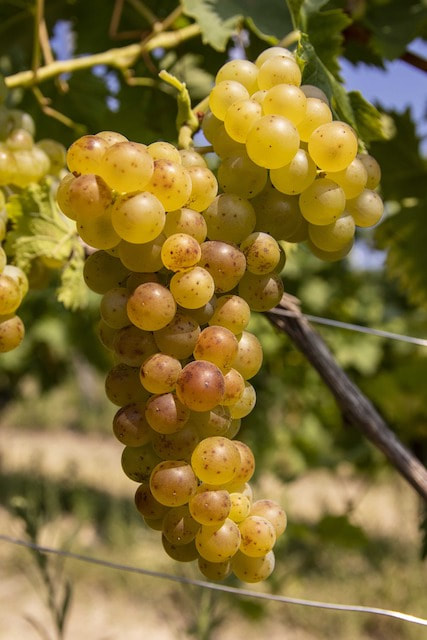
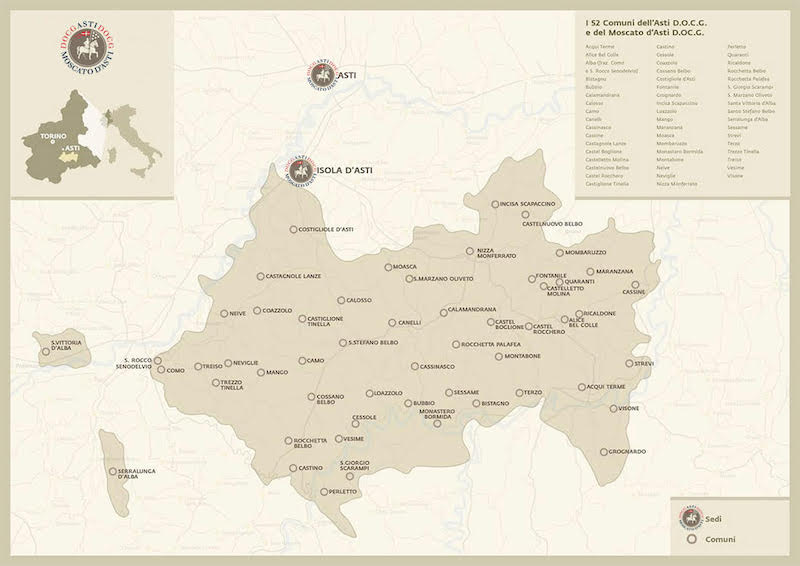
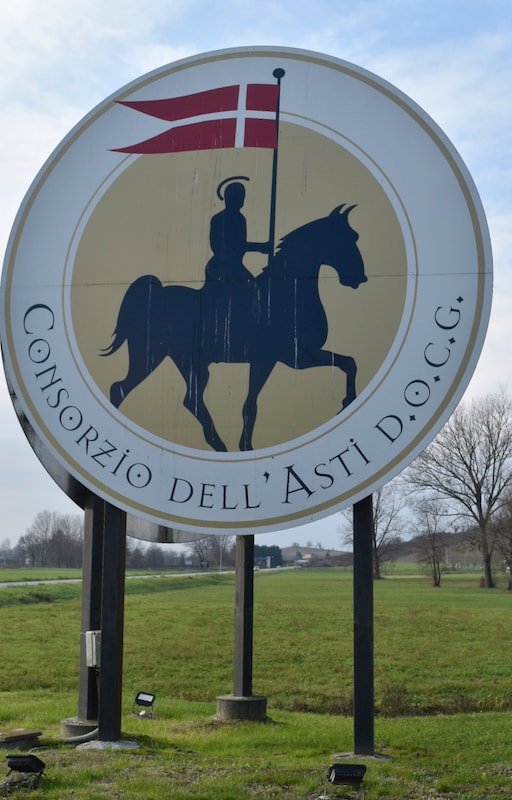
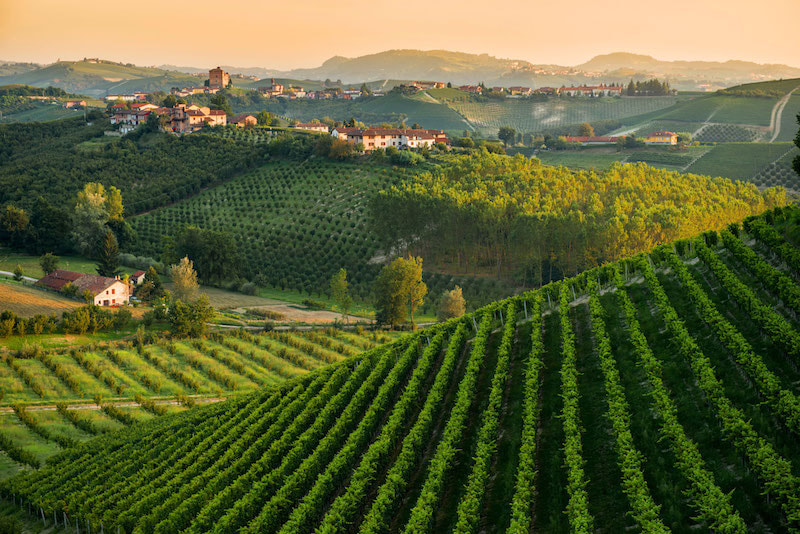
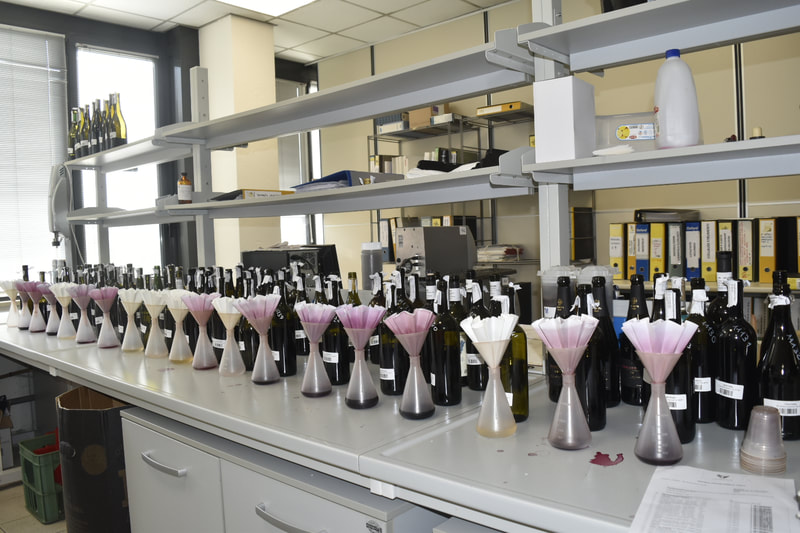
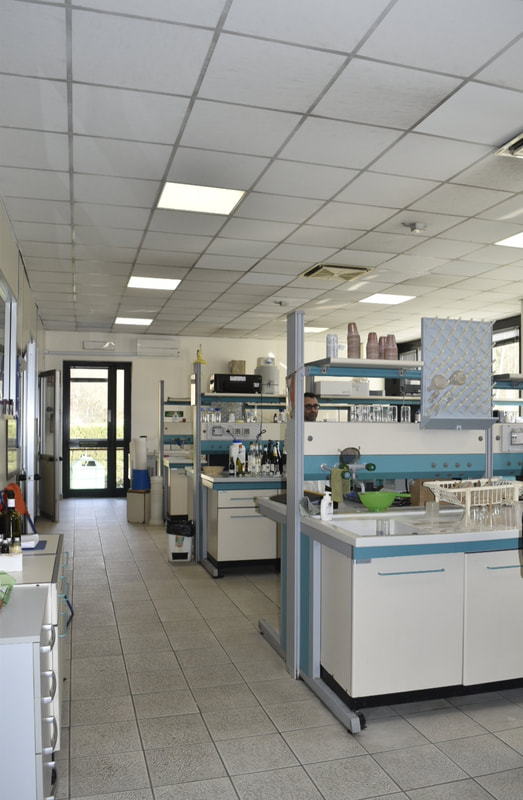
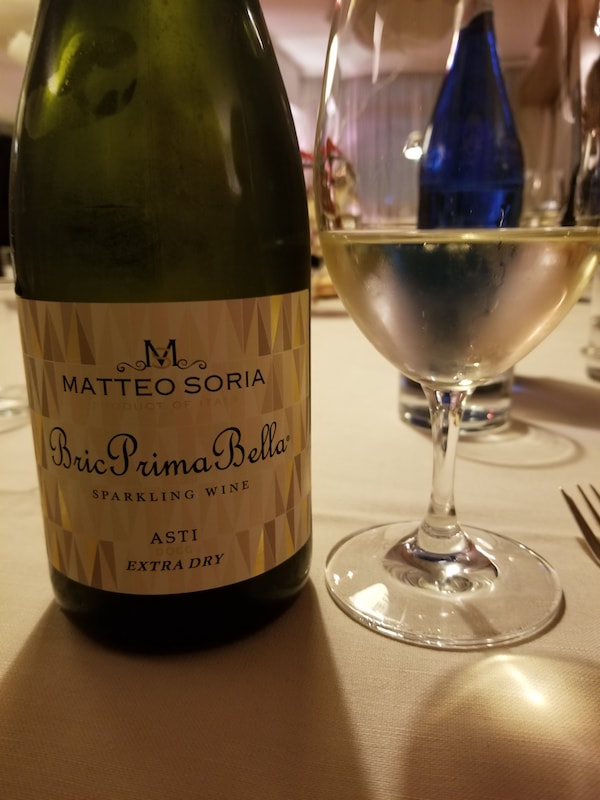

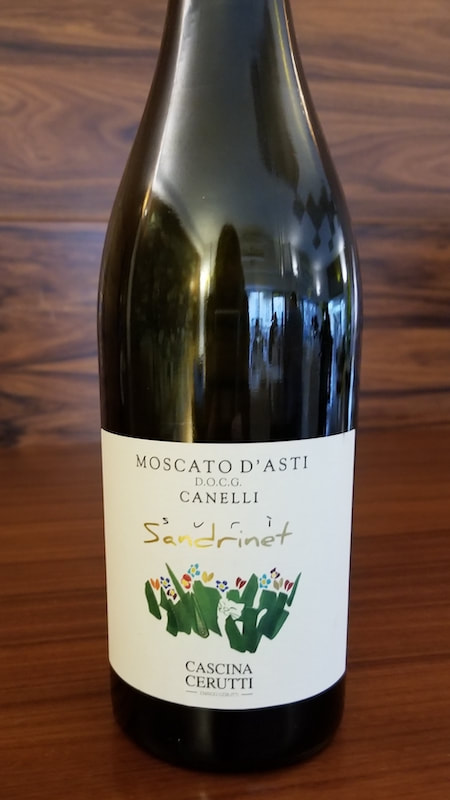
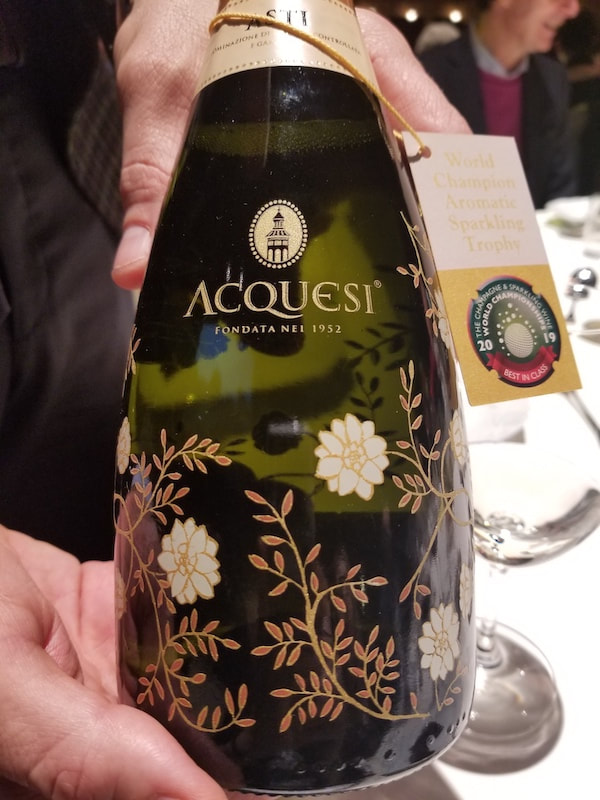
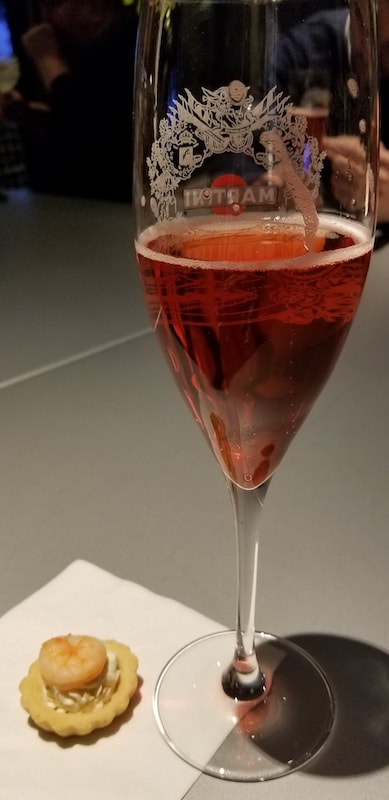
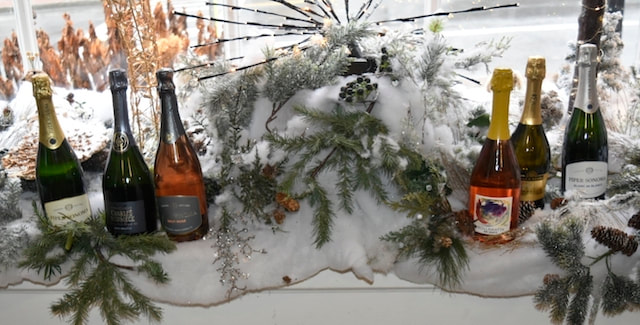
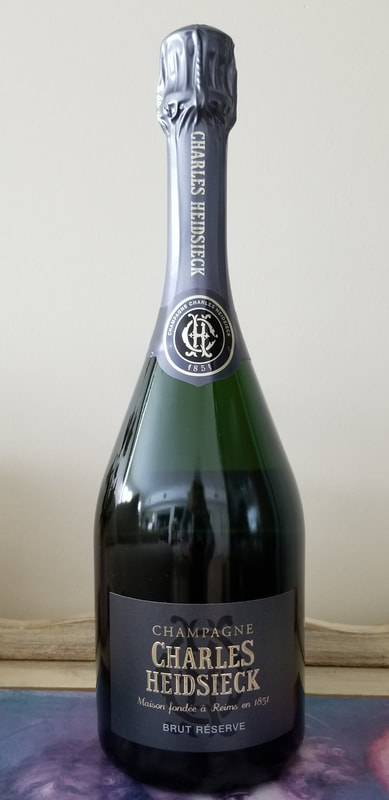
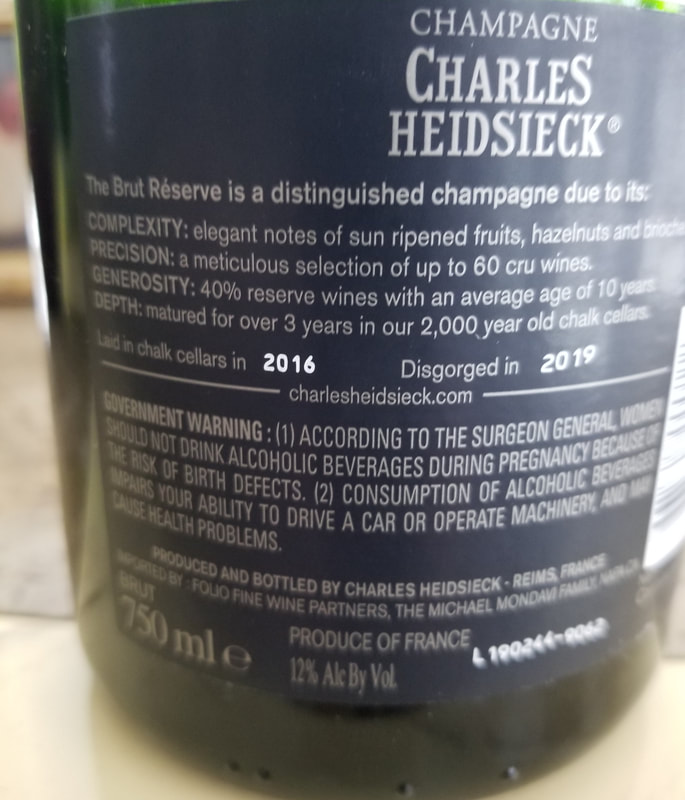
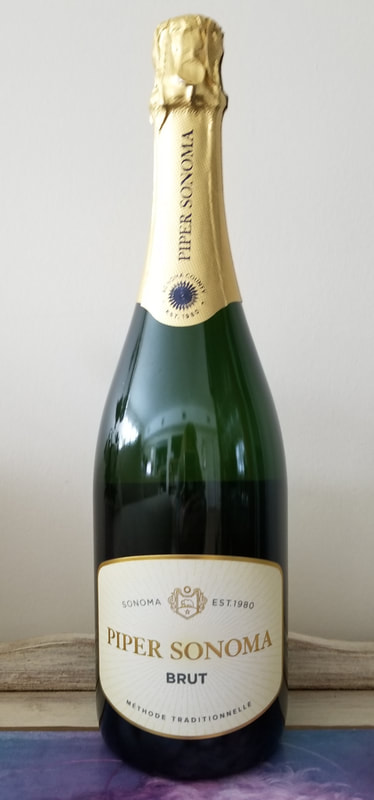
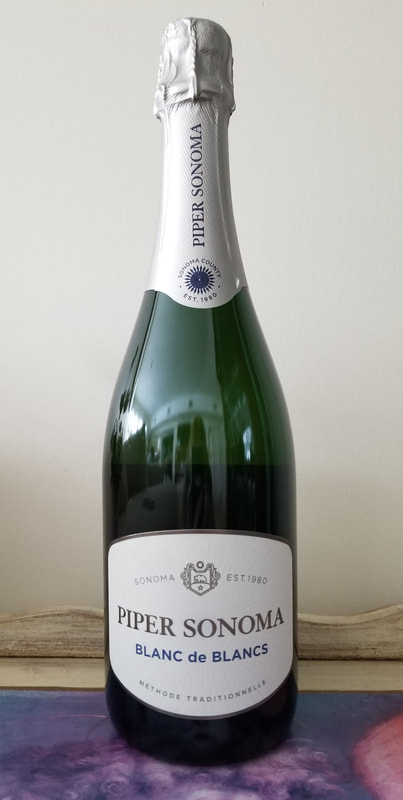
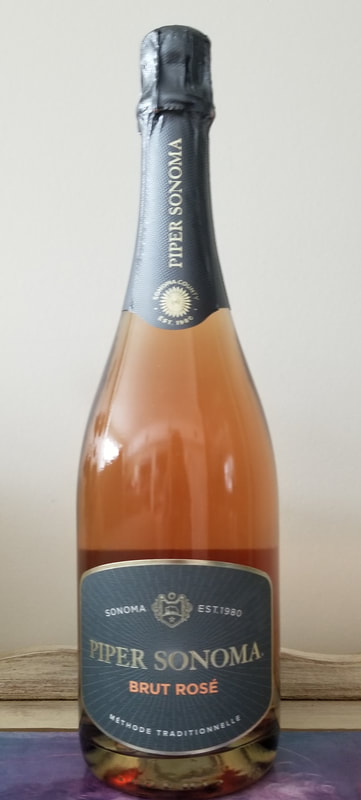
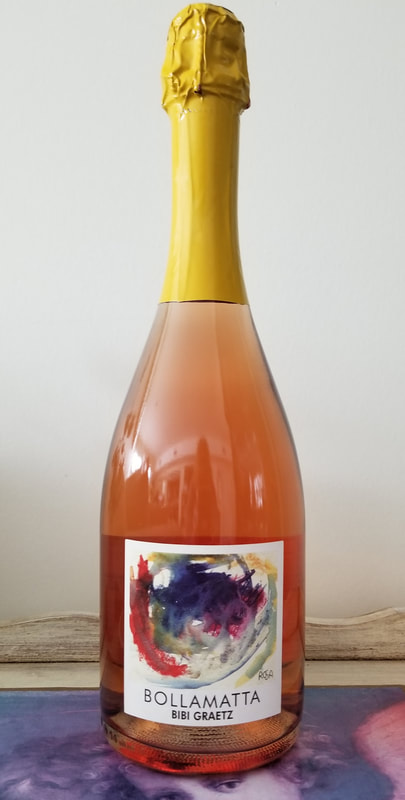
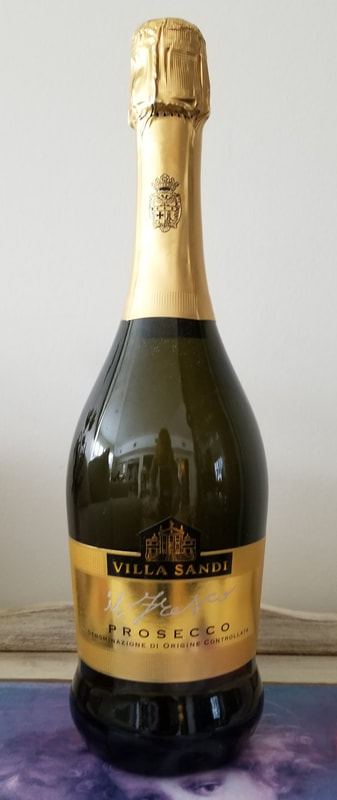
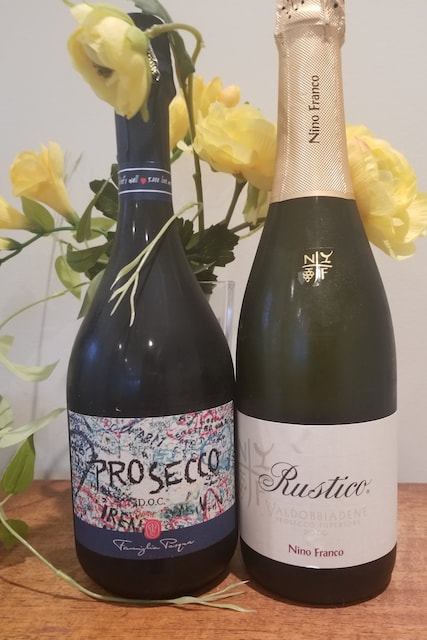
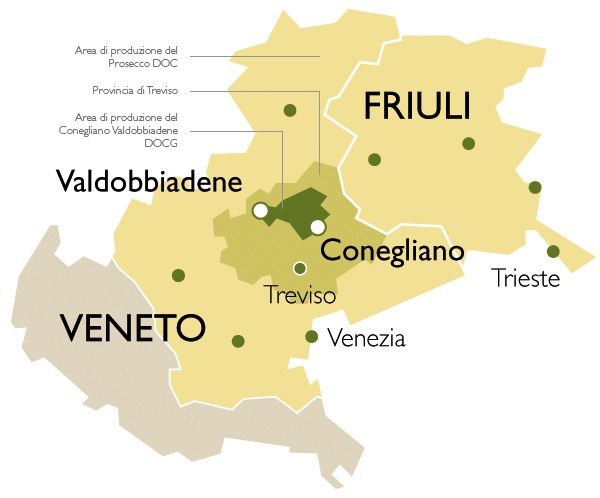
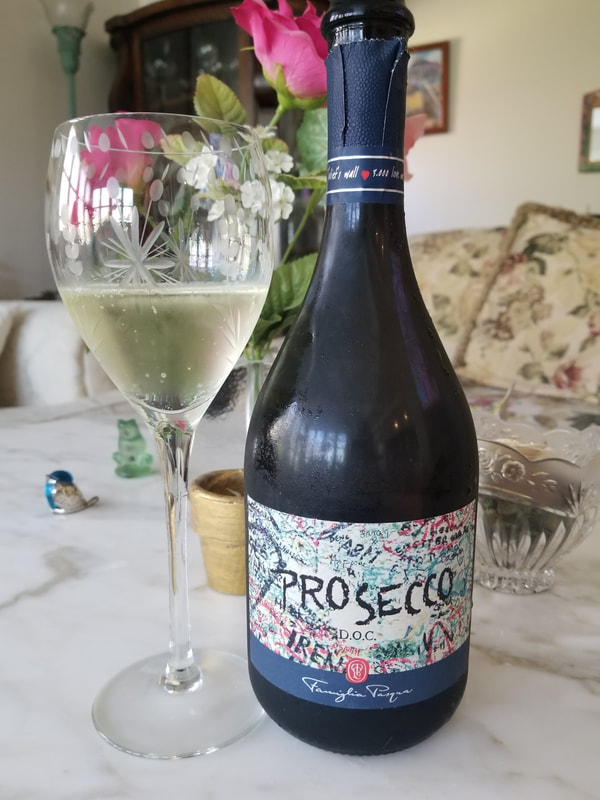
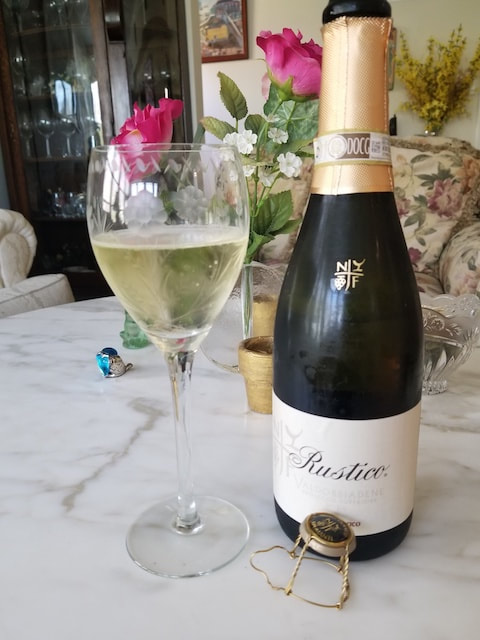
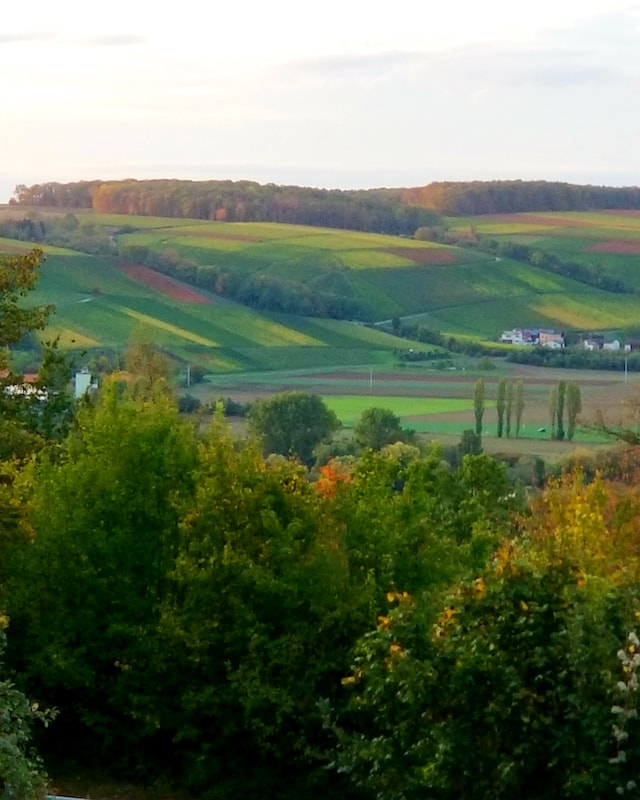
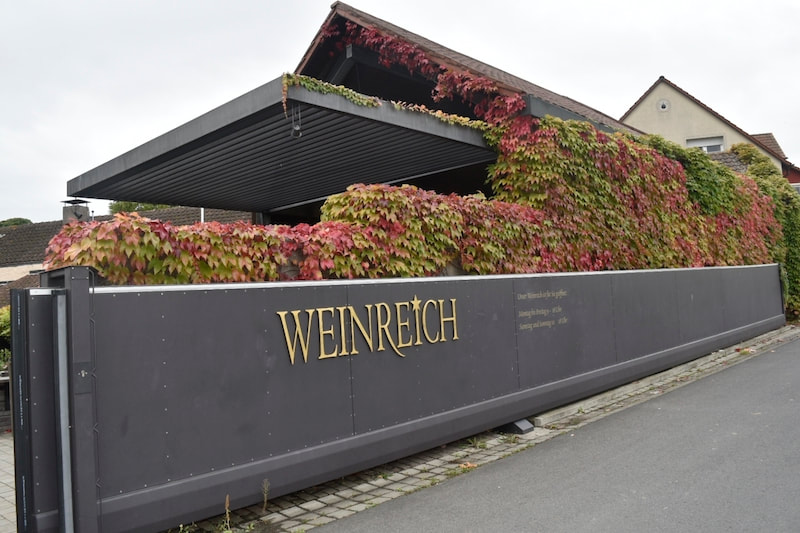
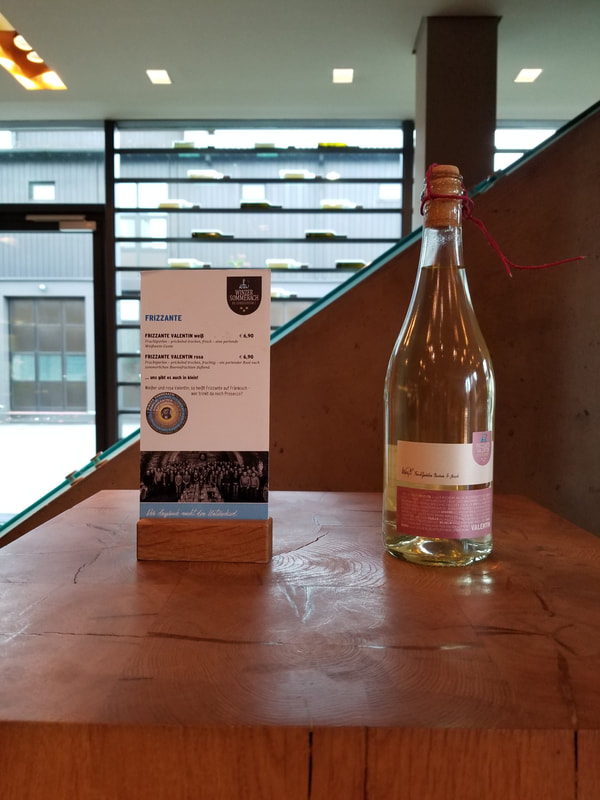

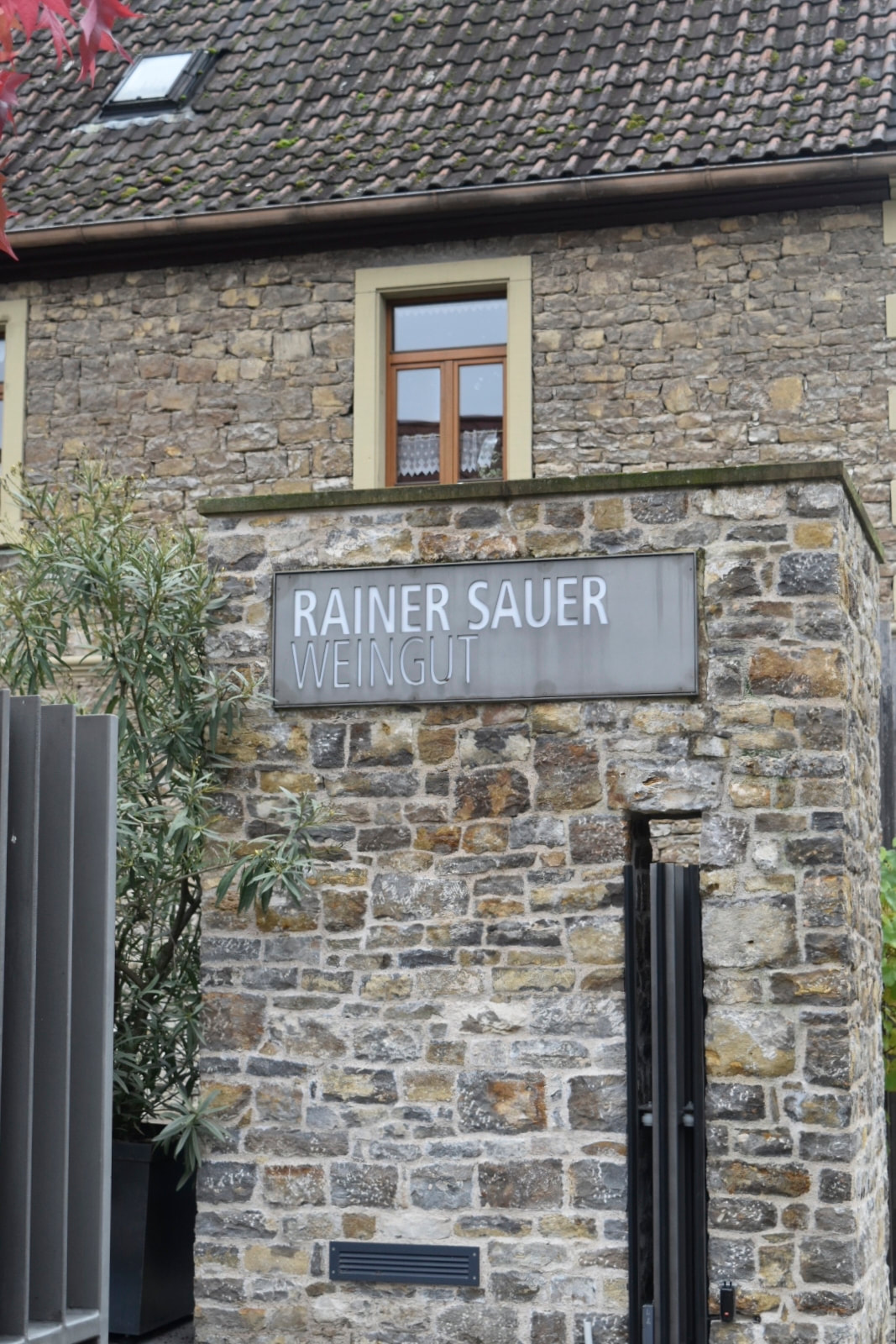
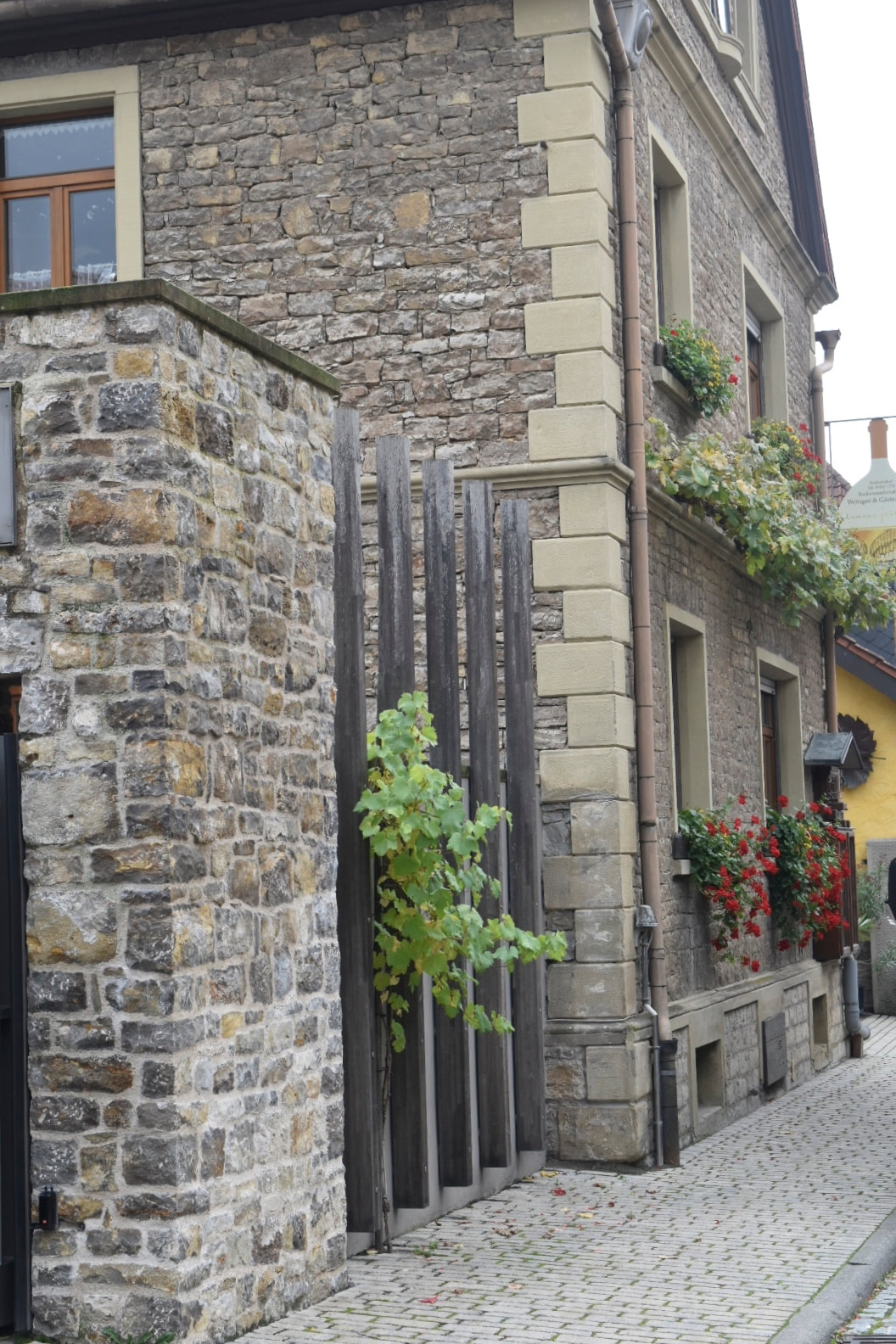
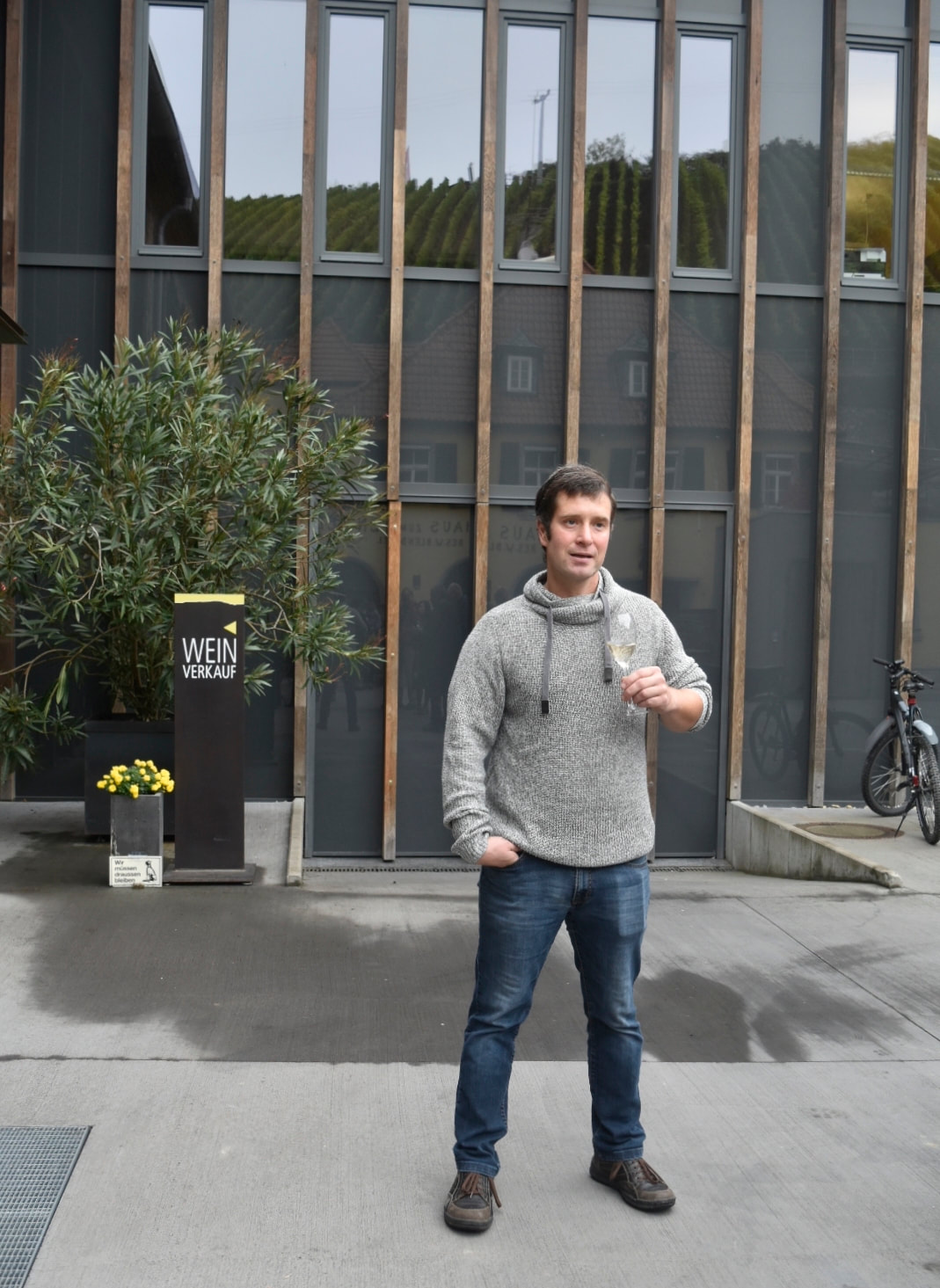
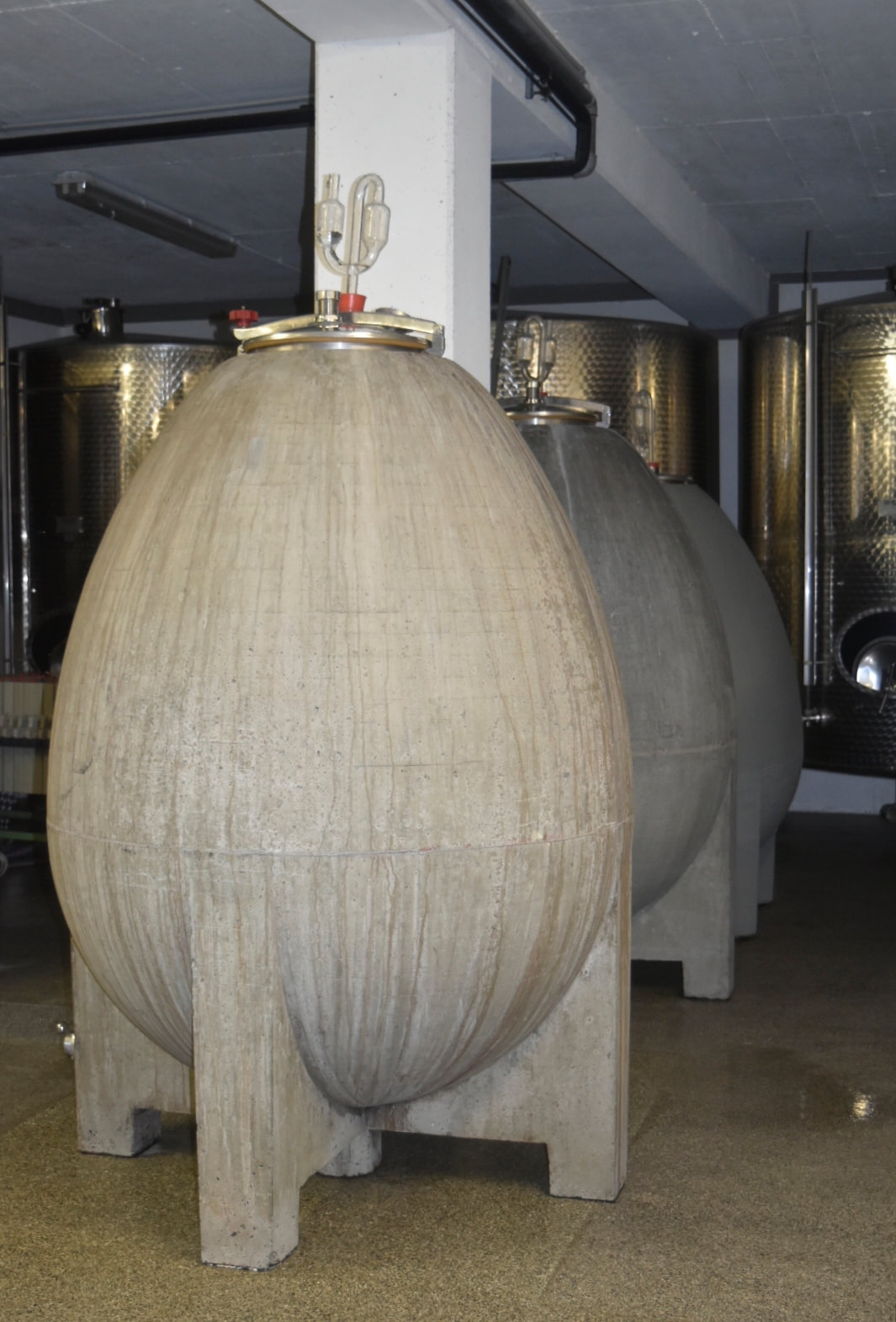
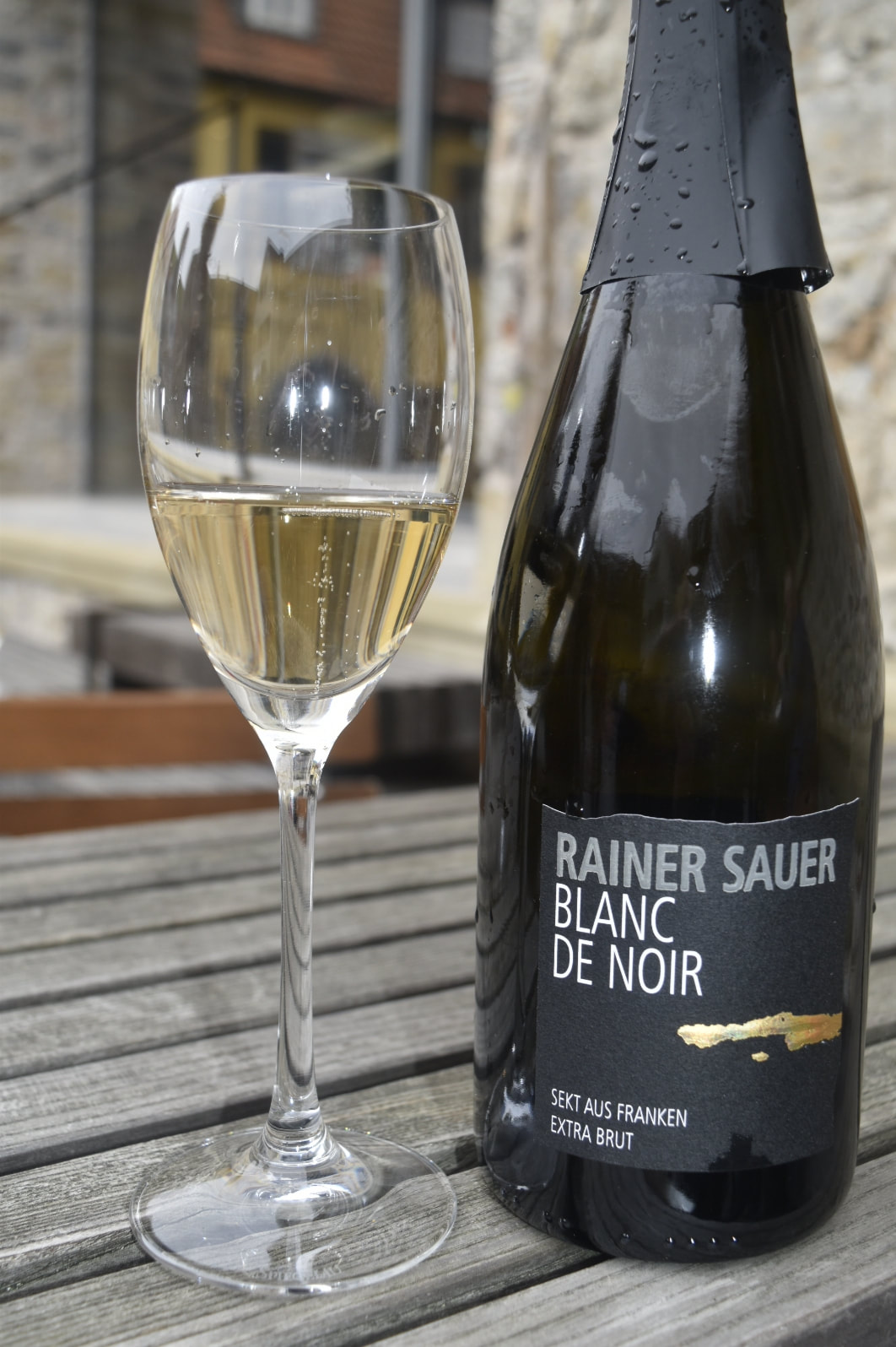
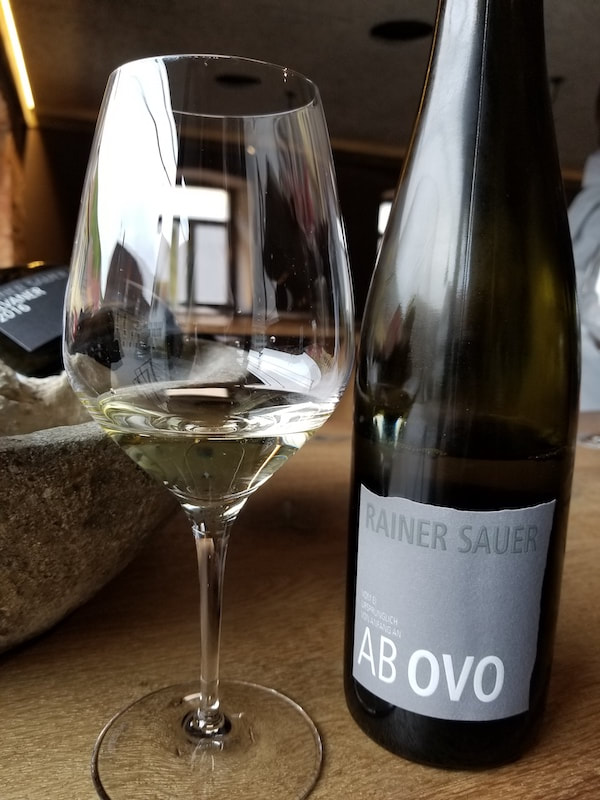
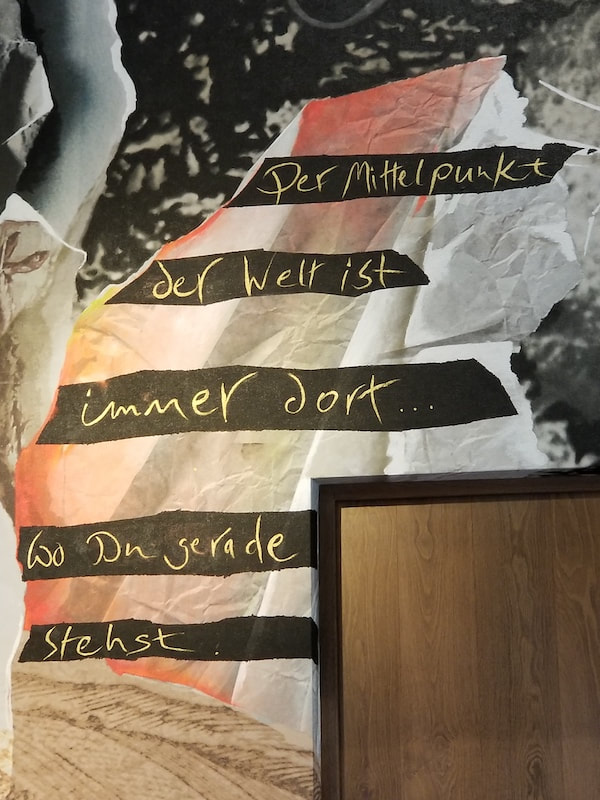
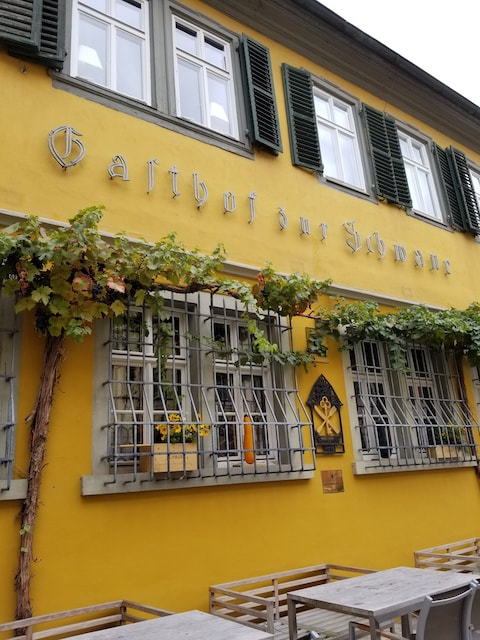
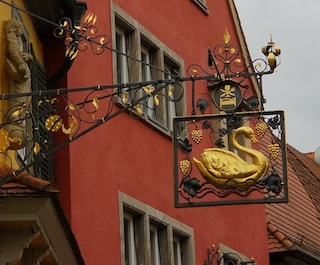
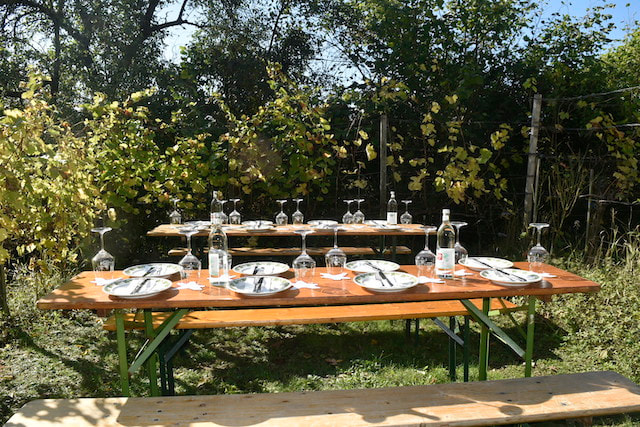
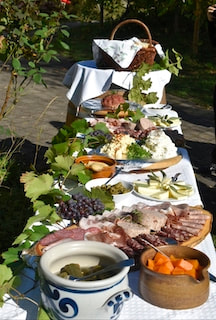
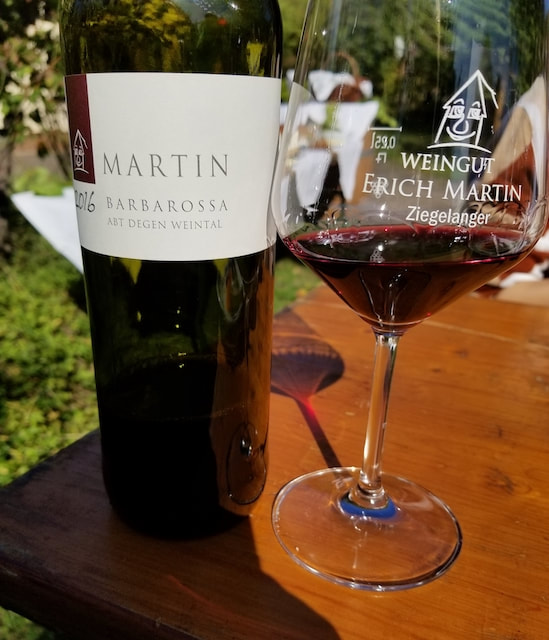
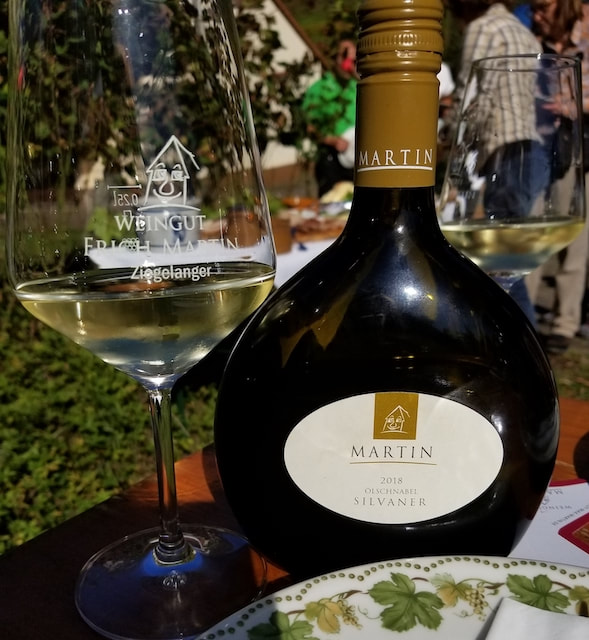
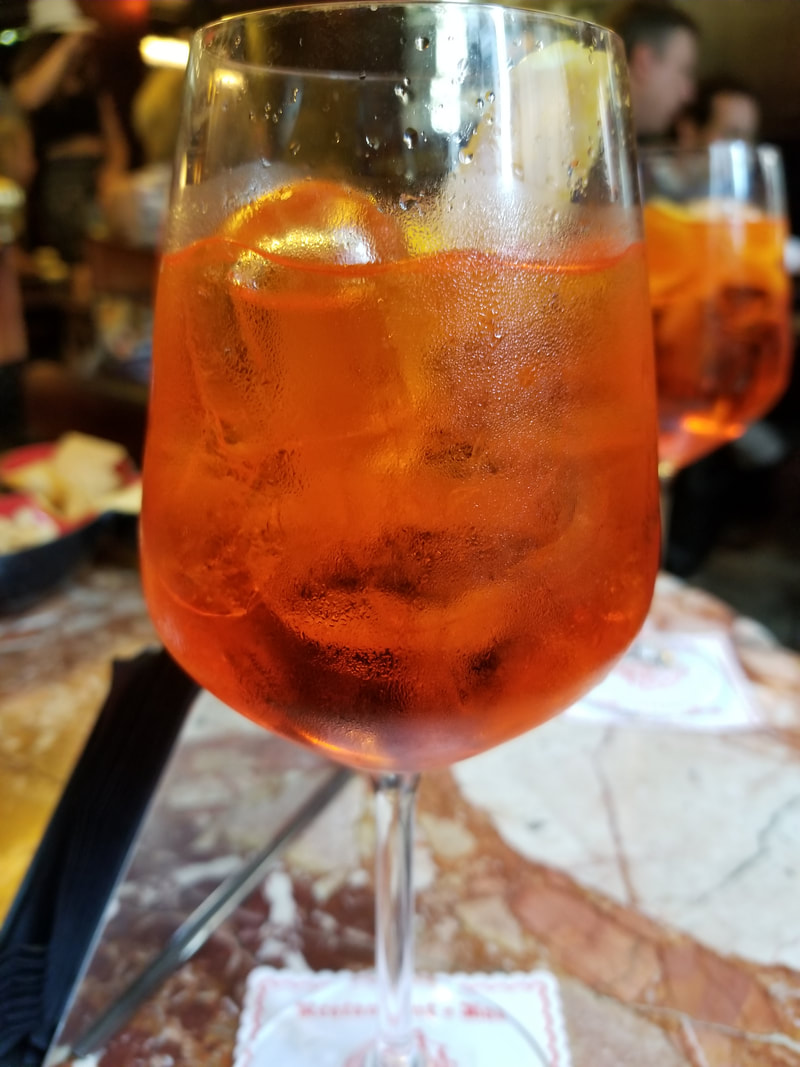
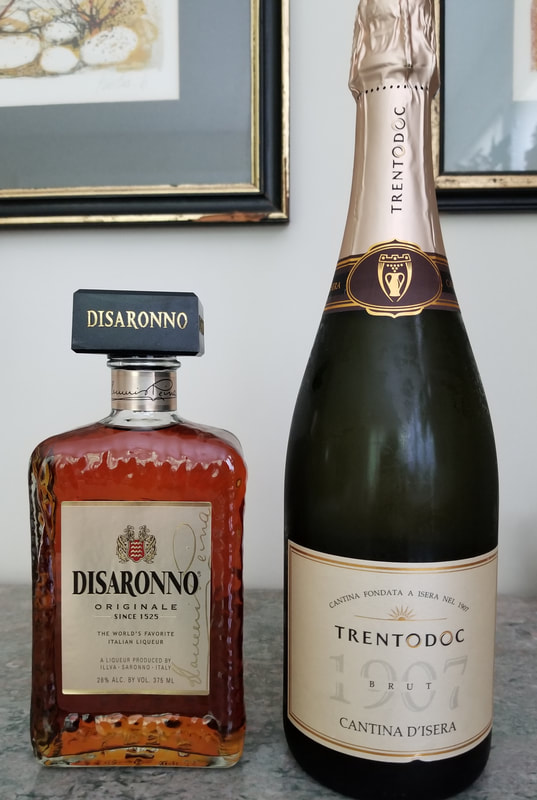
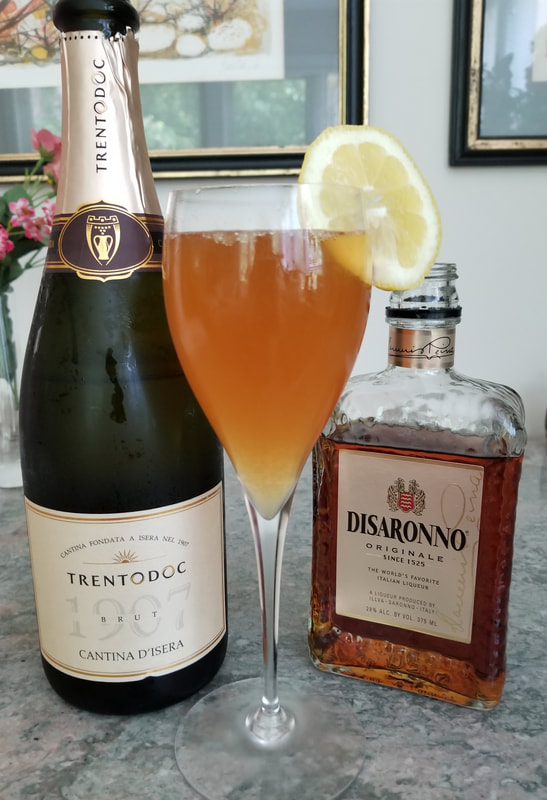
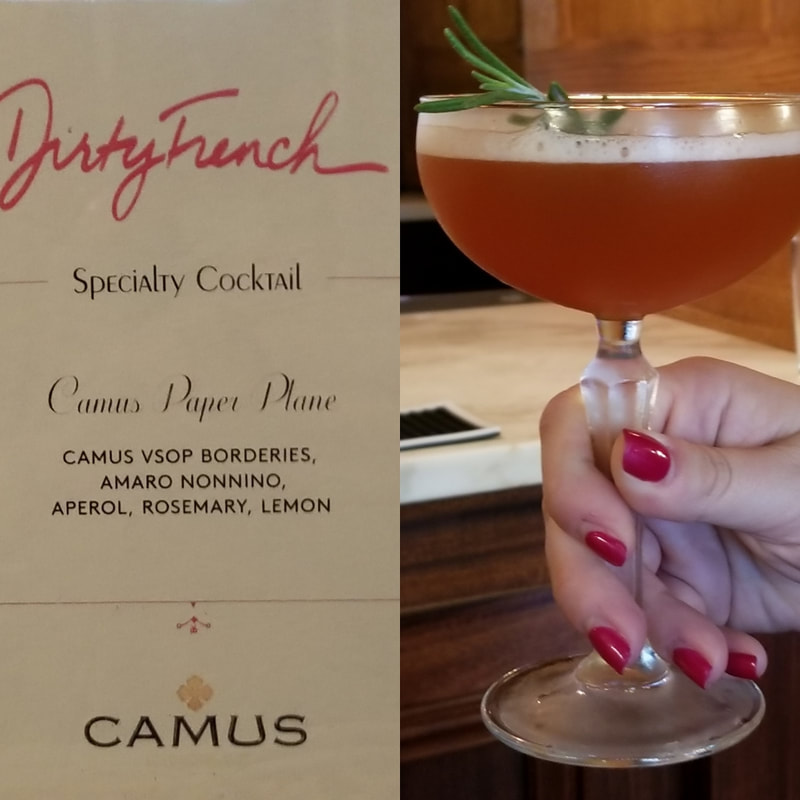
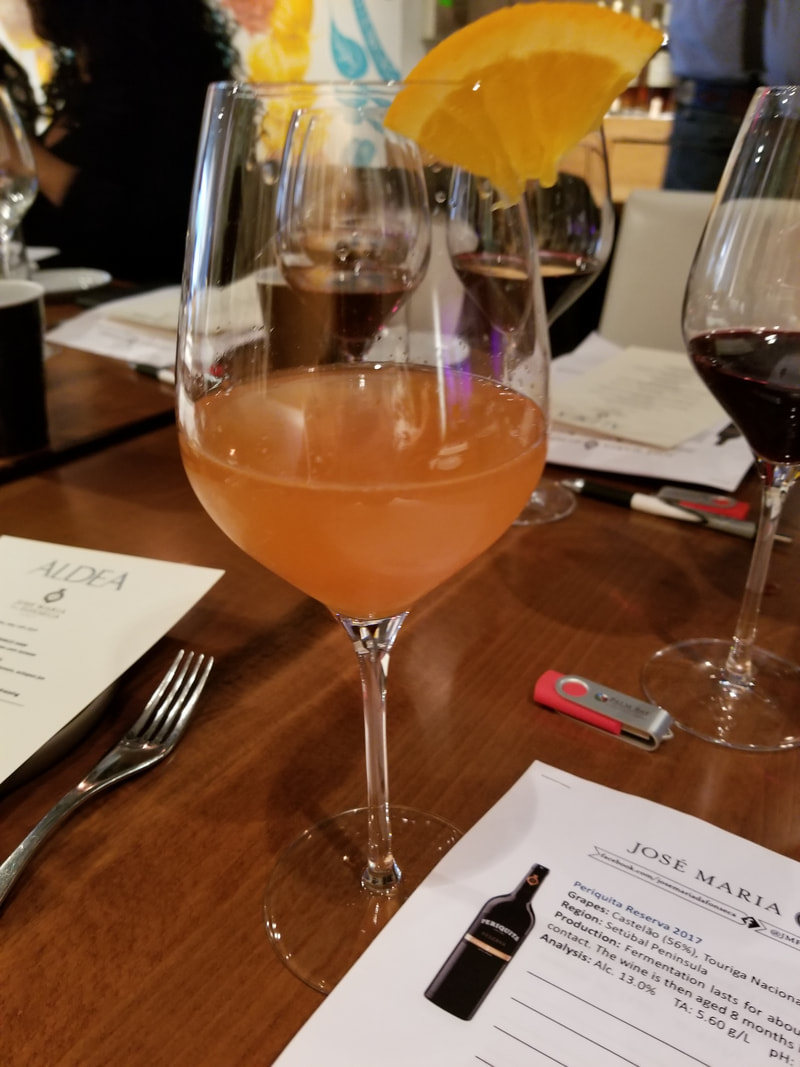
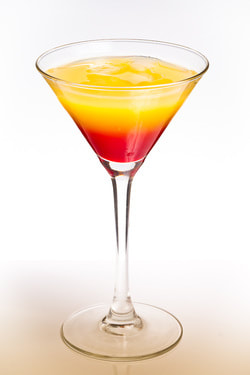
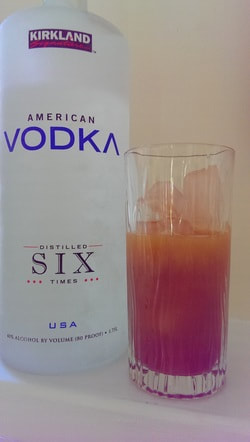
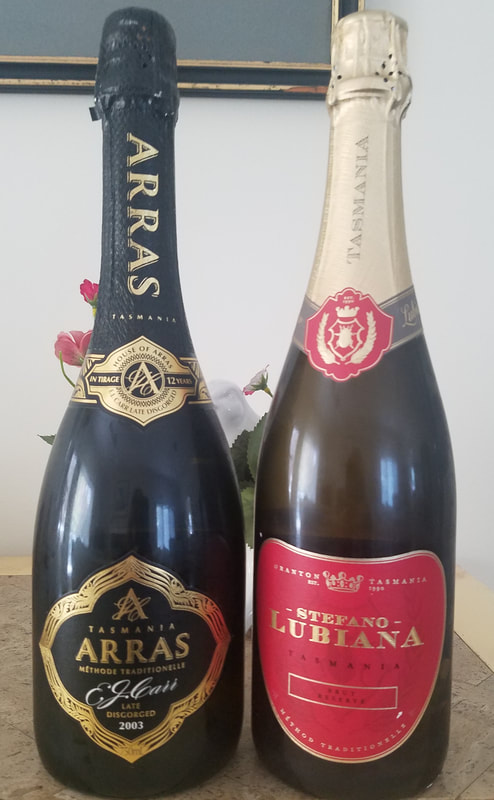
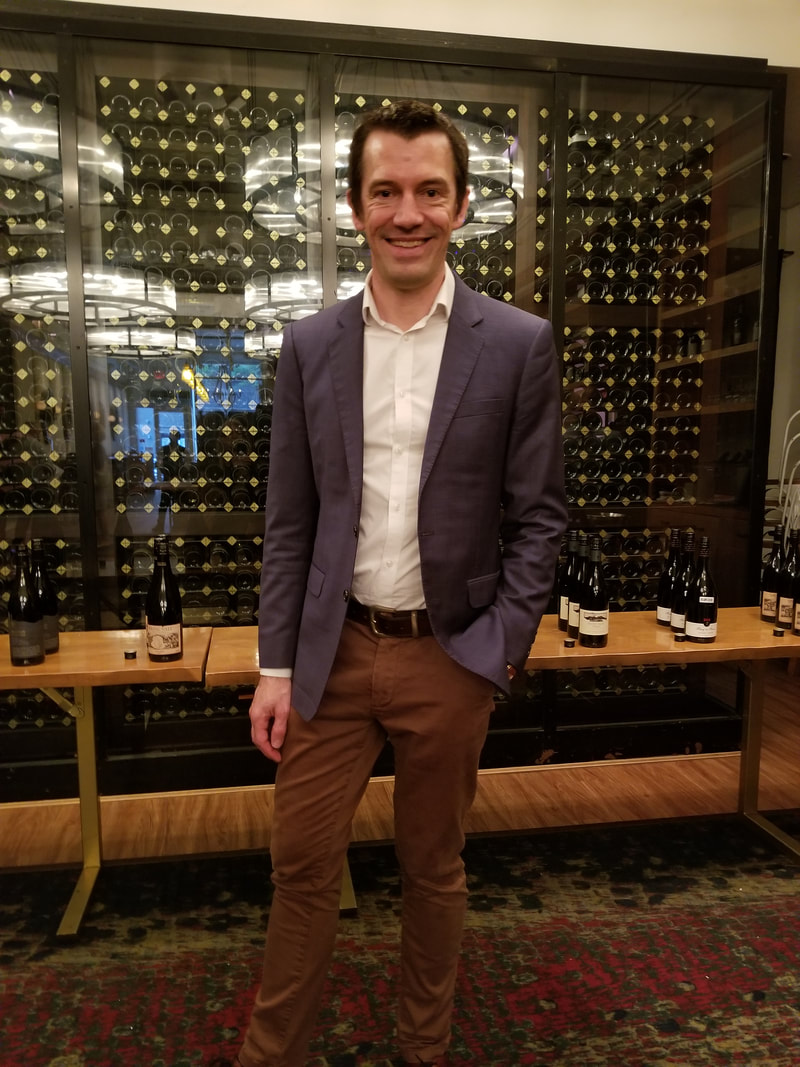
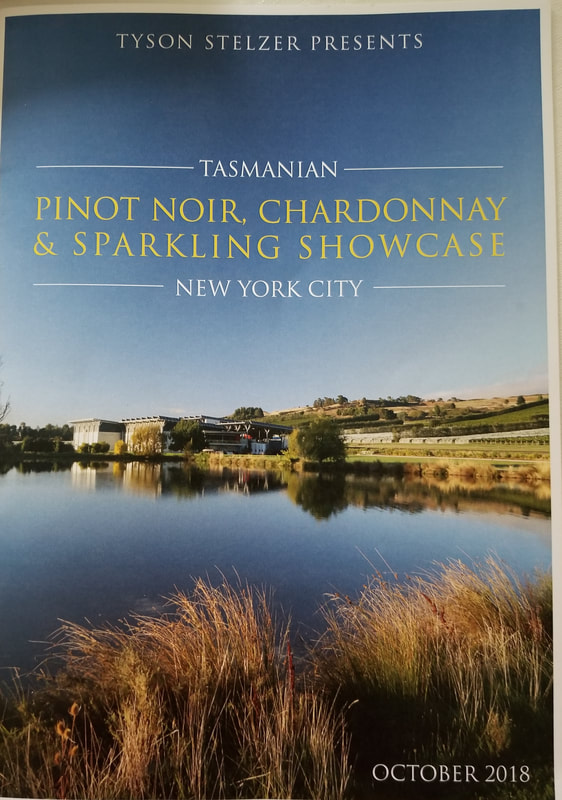
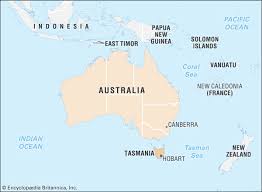
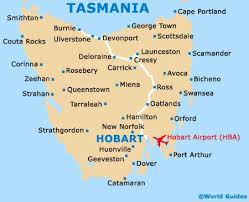
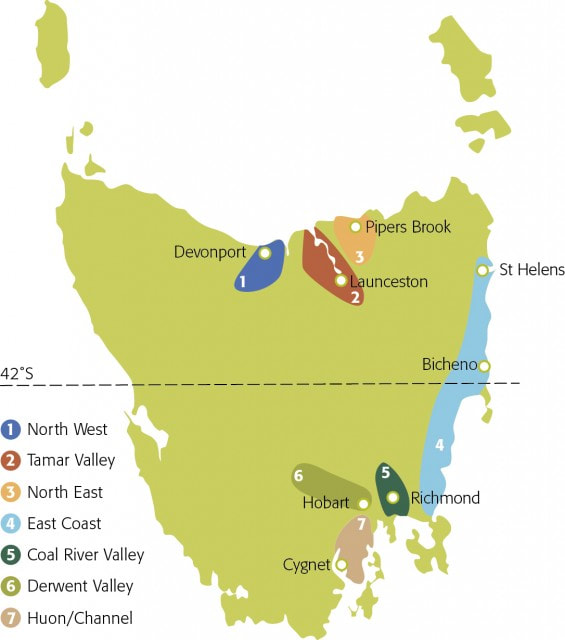
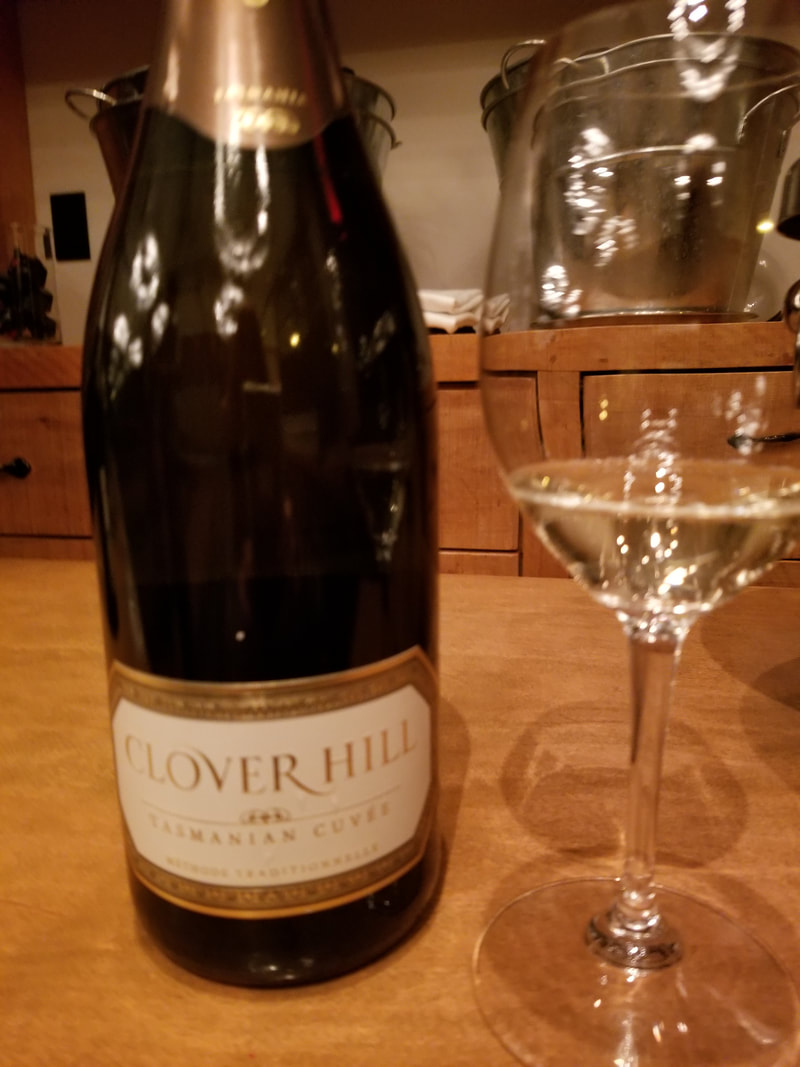
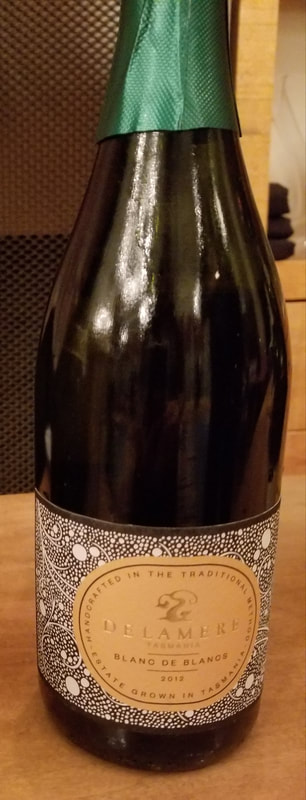
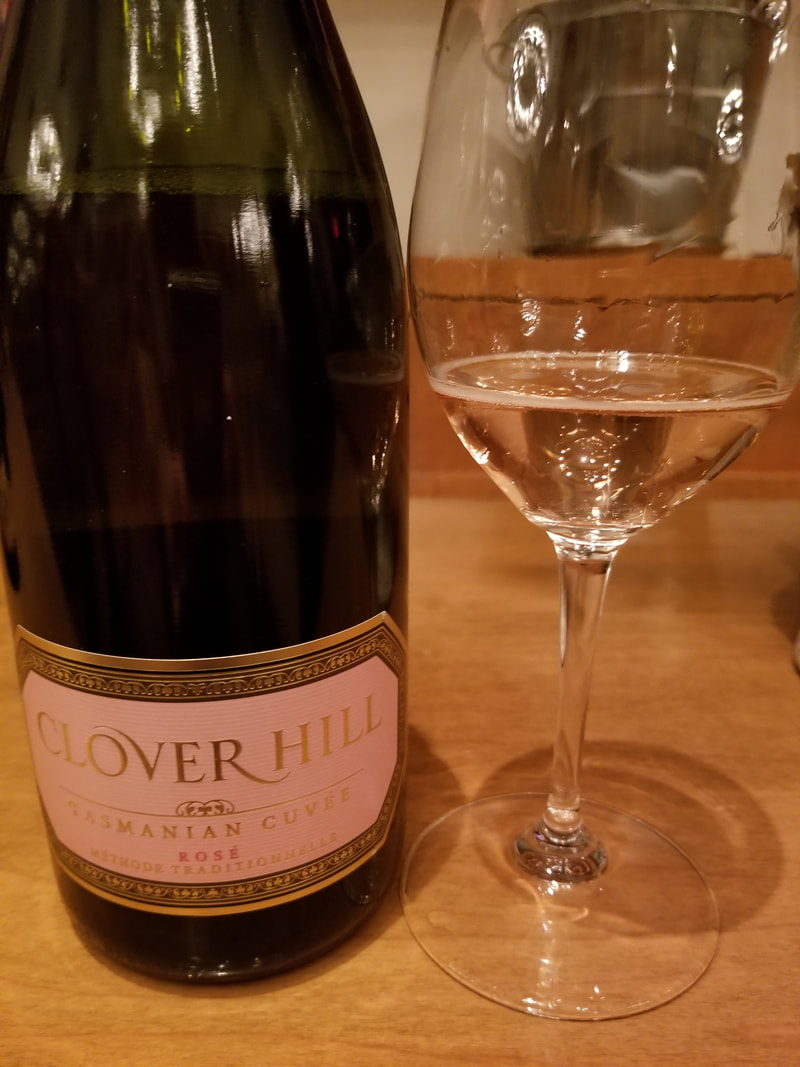
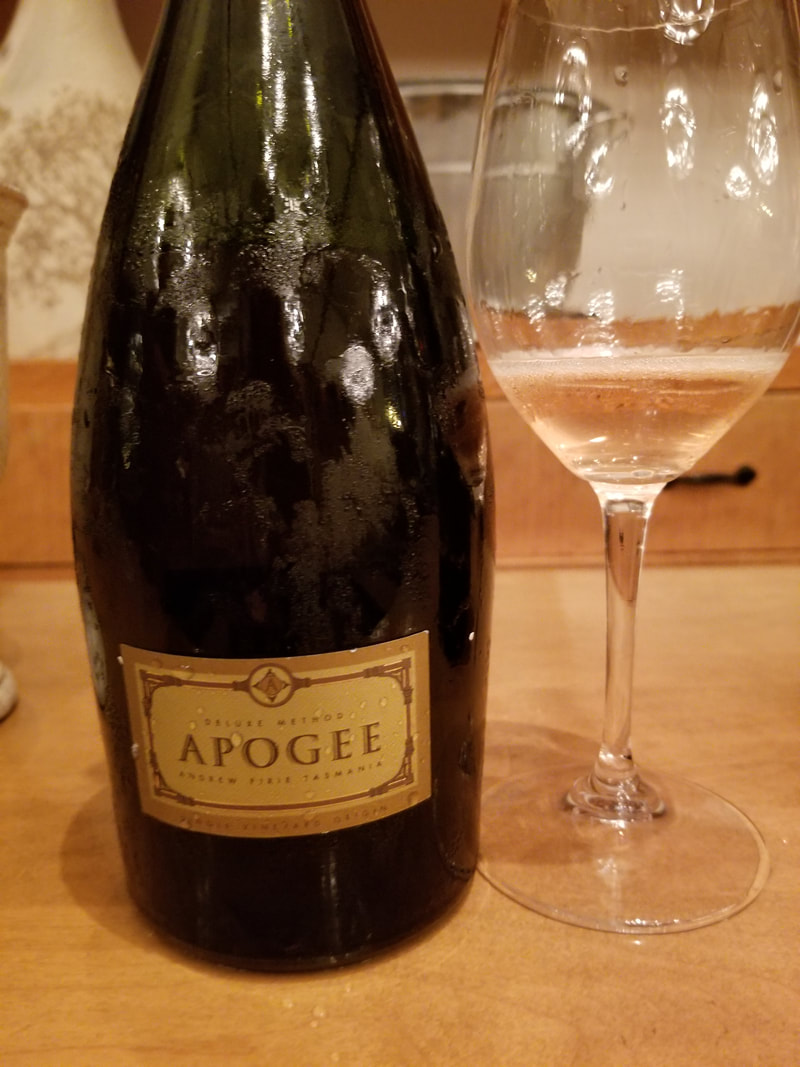
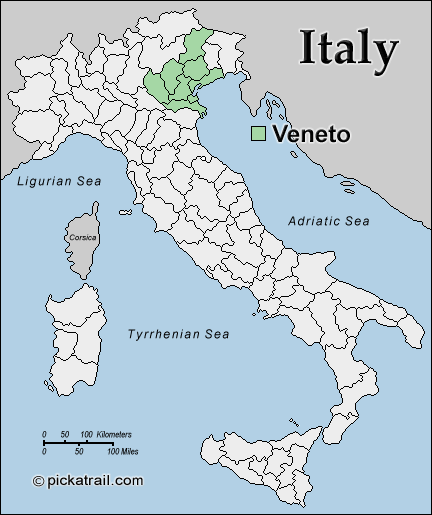
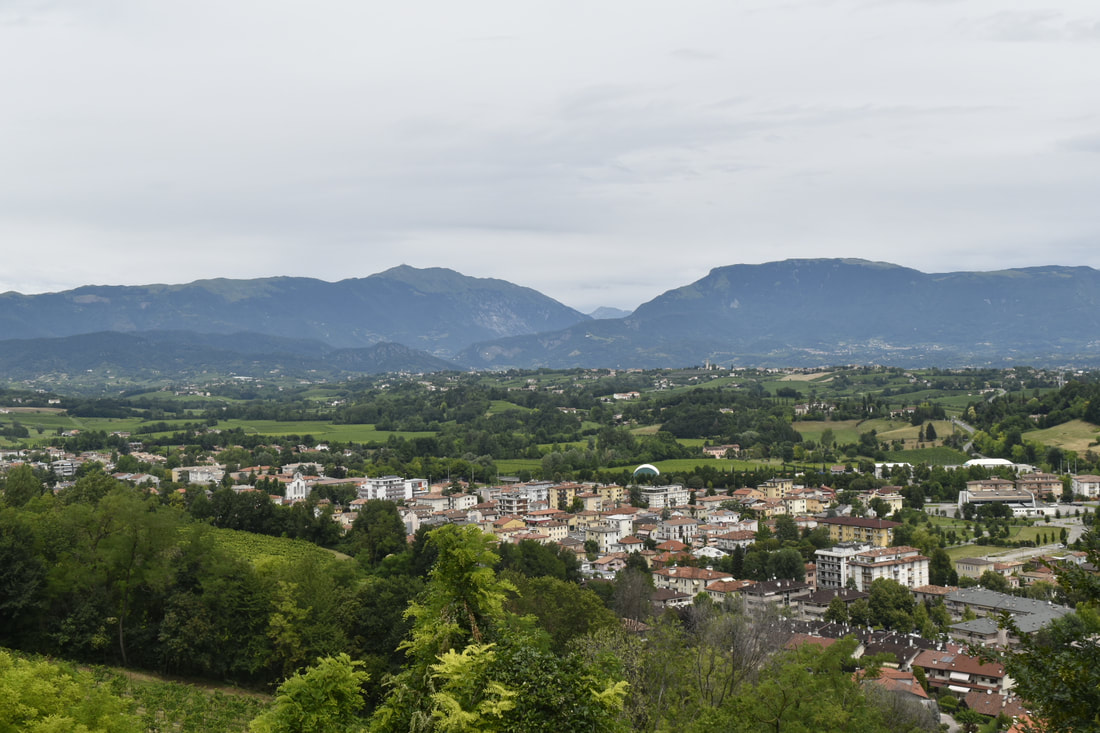
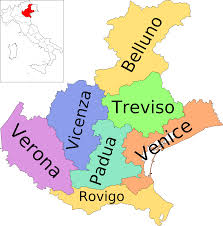
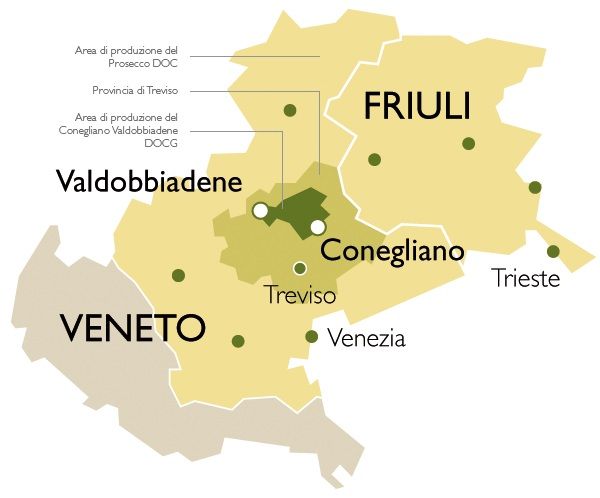
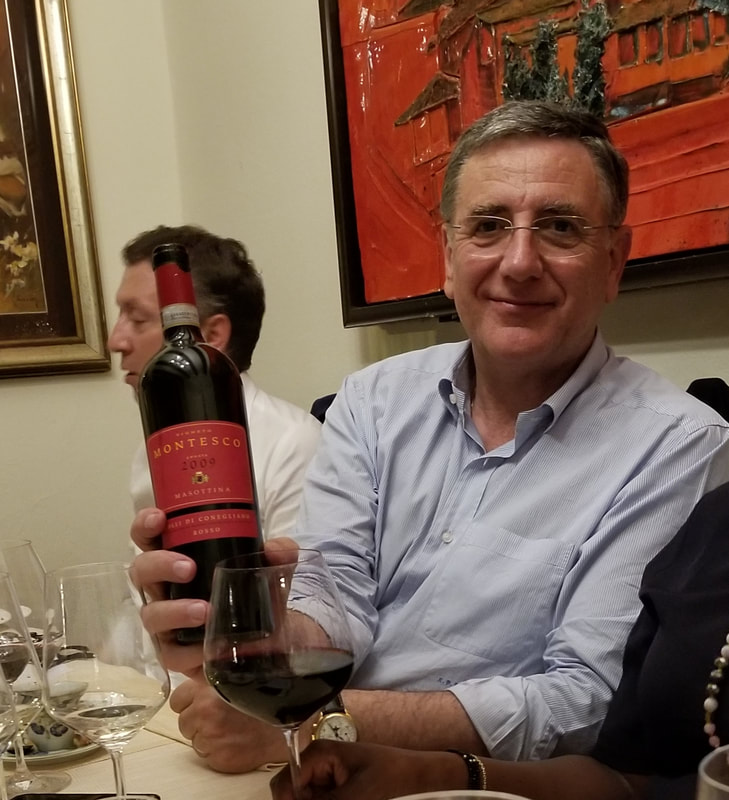
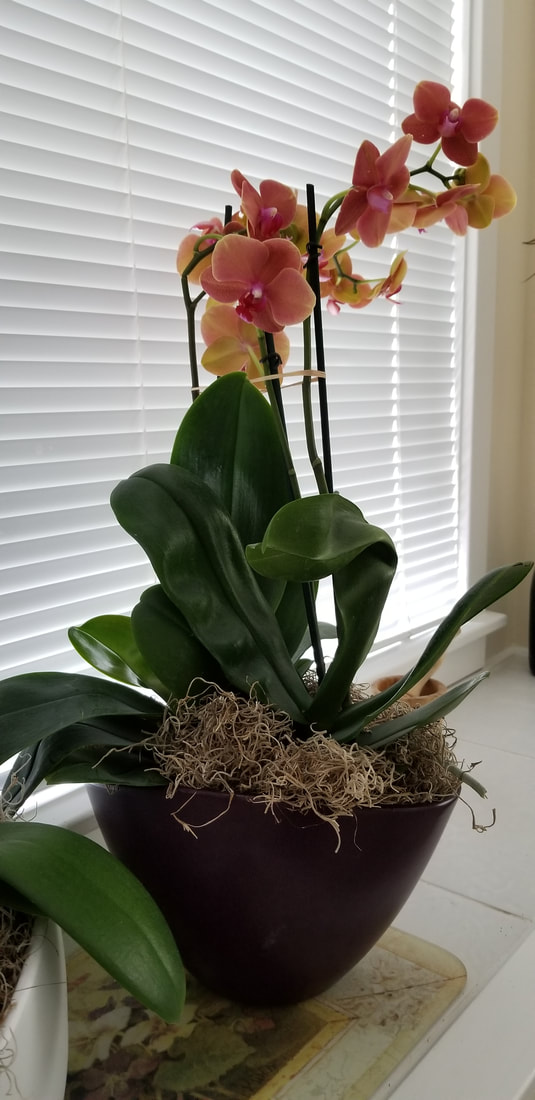
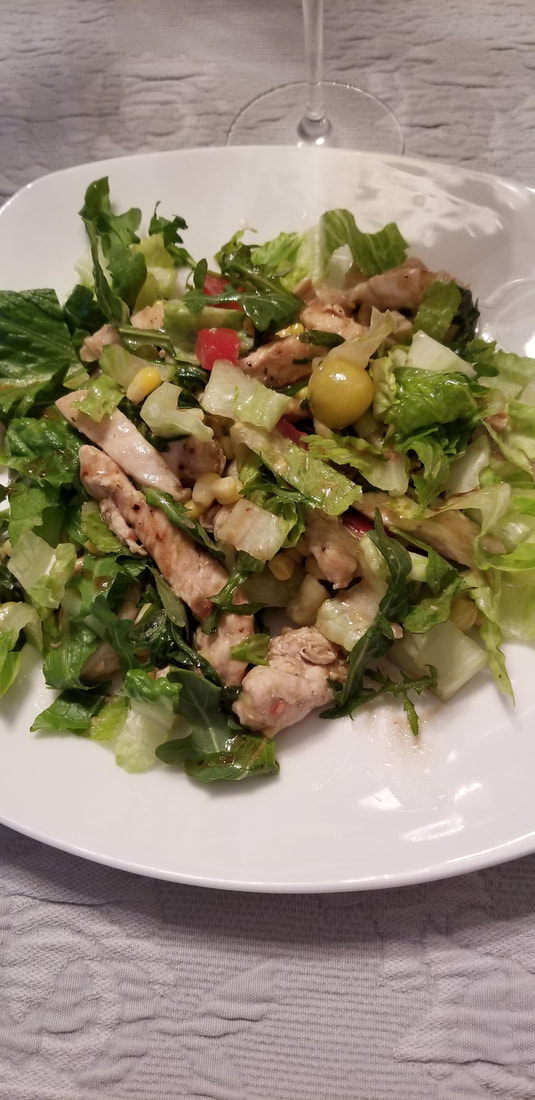
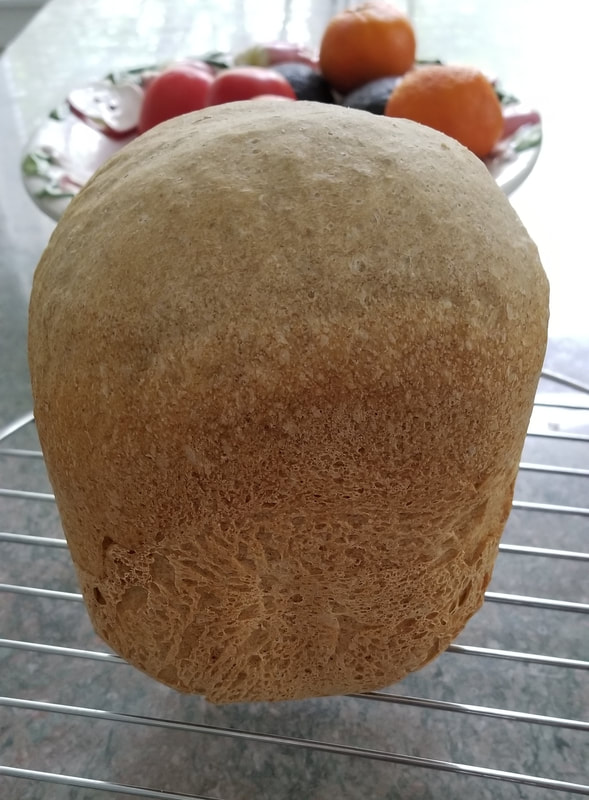
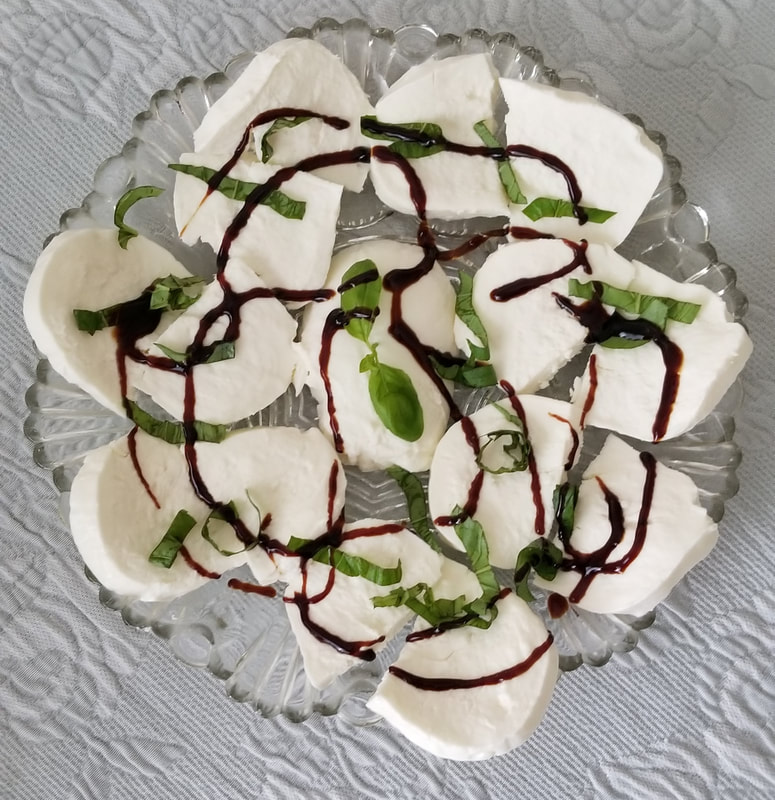
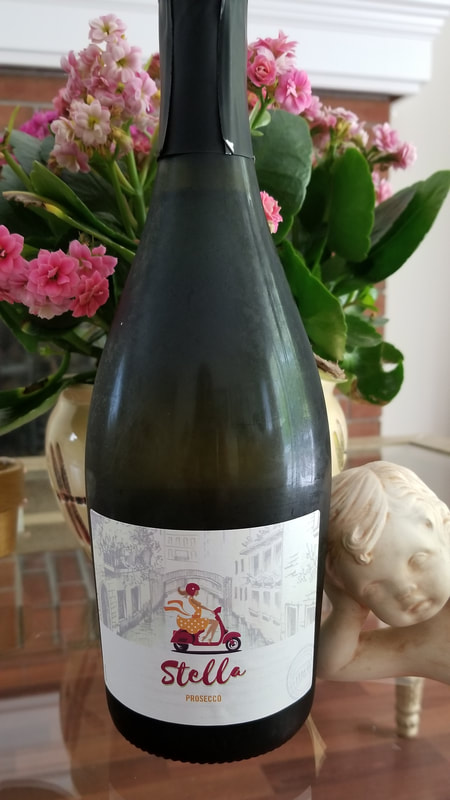
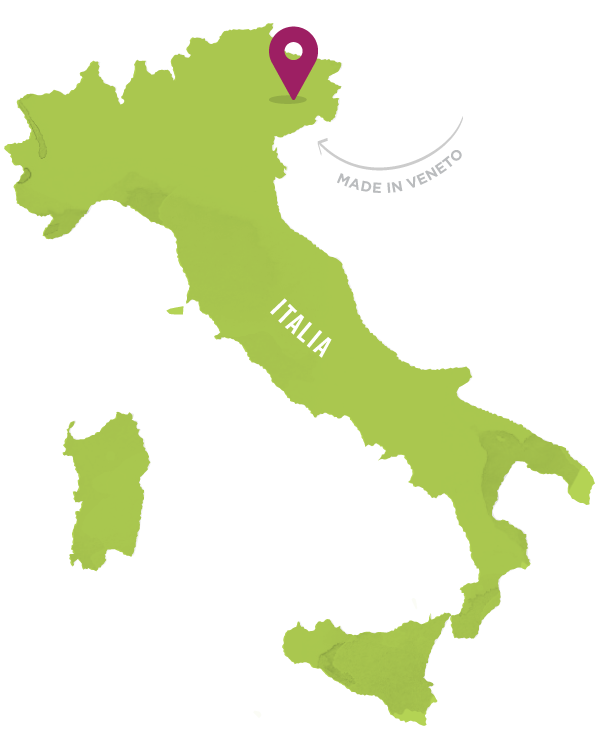
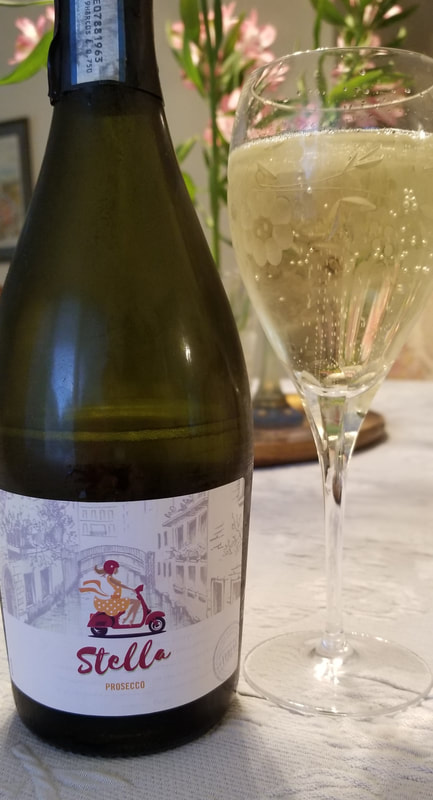
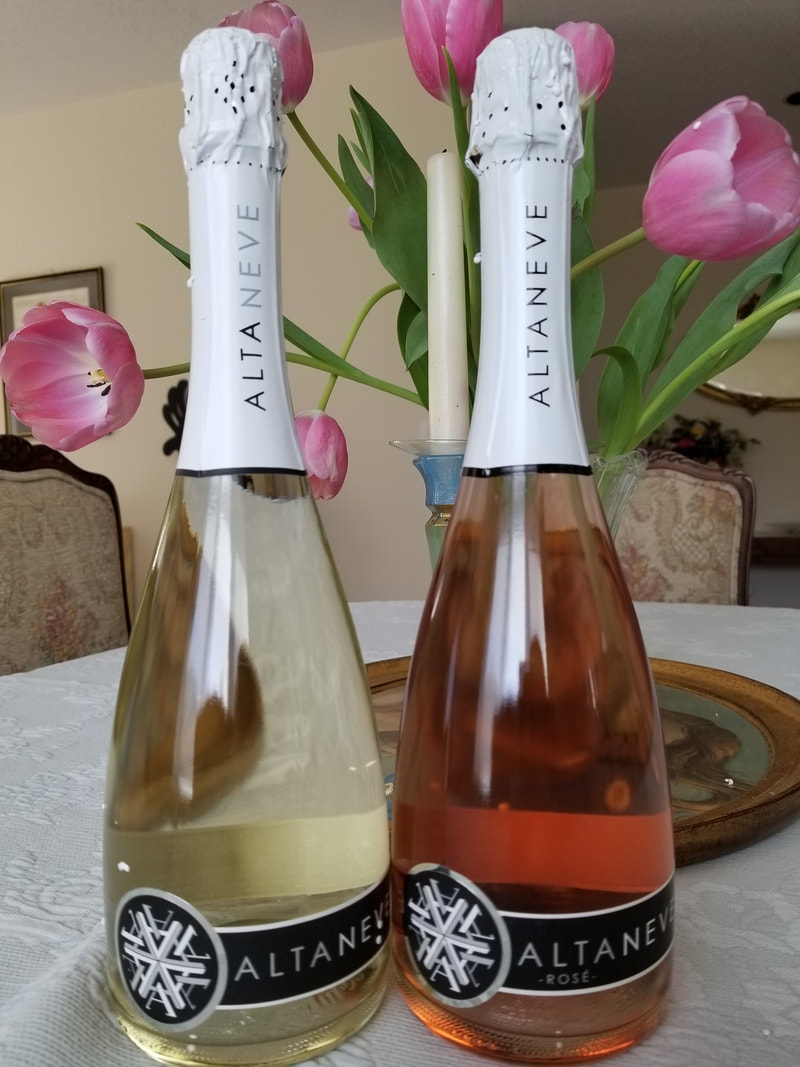
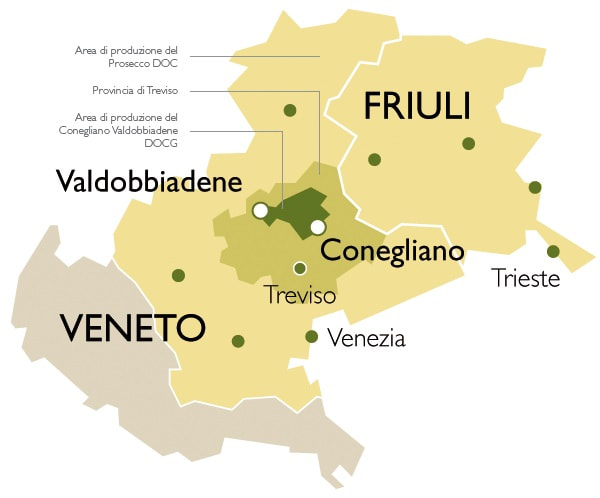
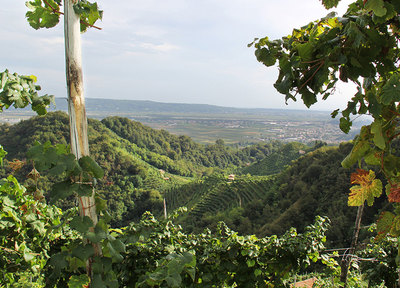

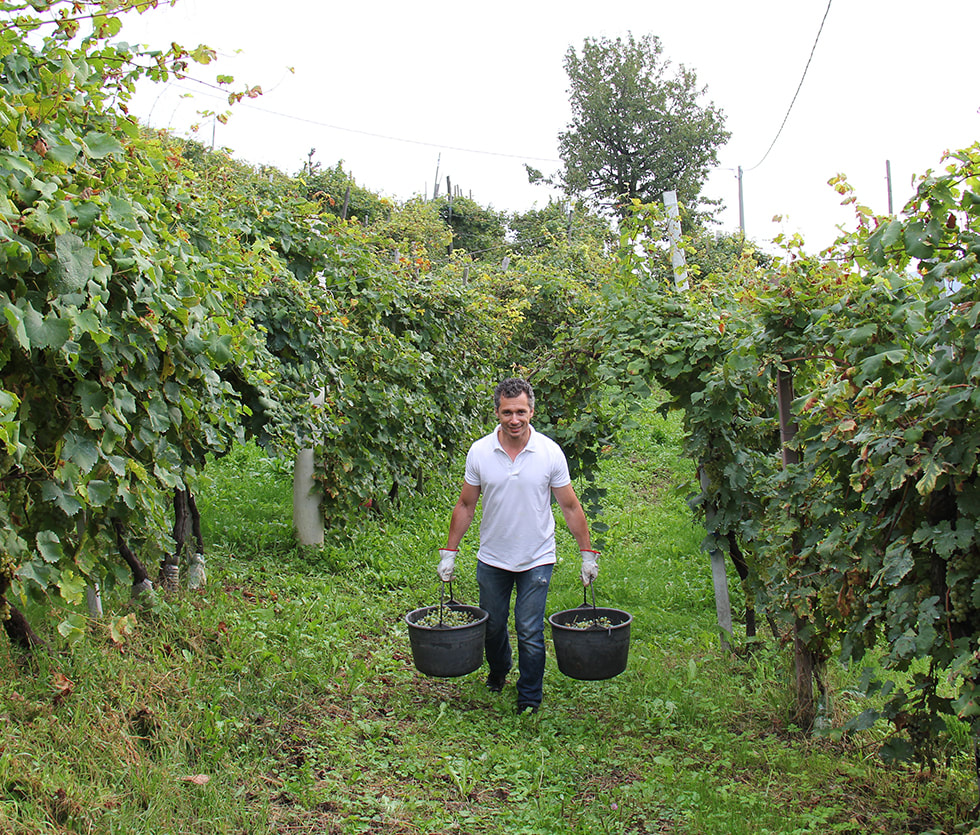
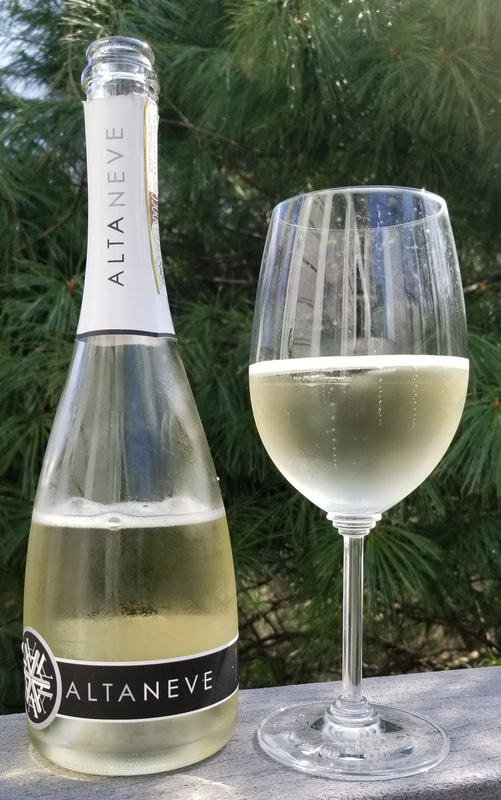
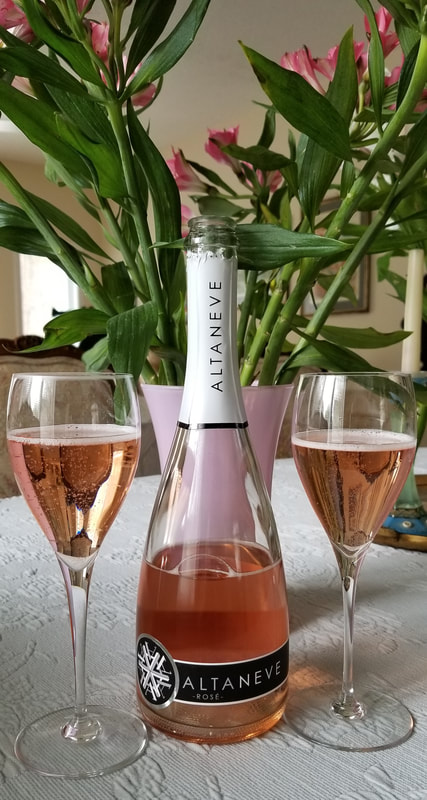
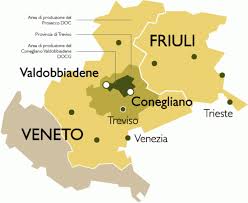
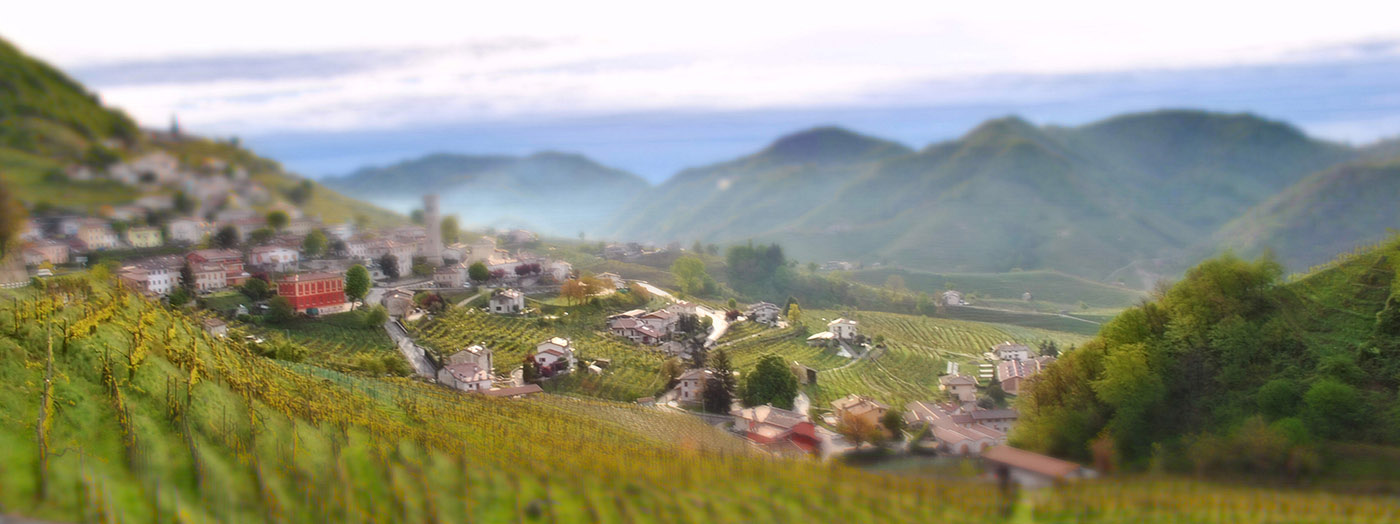
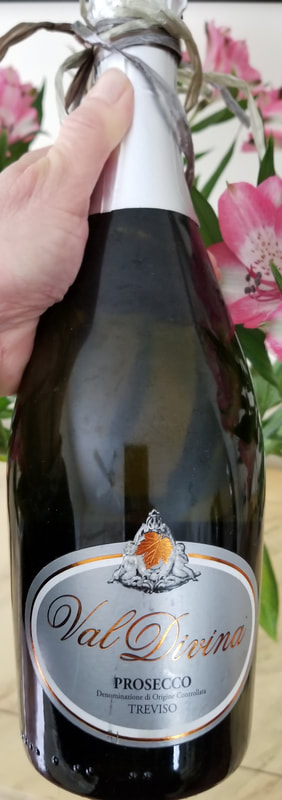
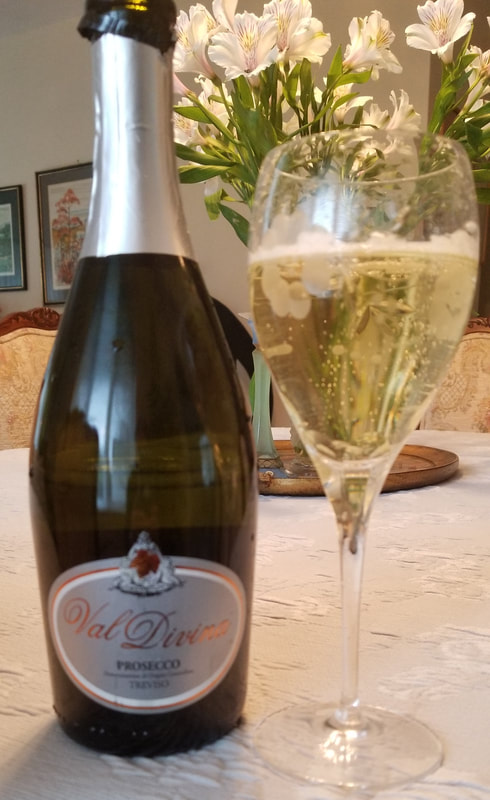
 RSS Feed
RSS Feed